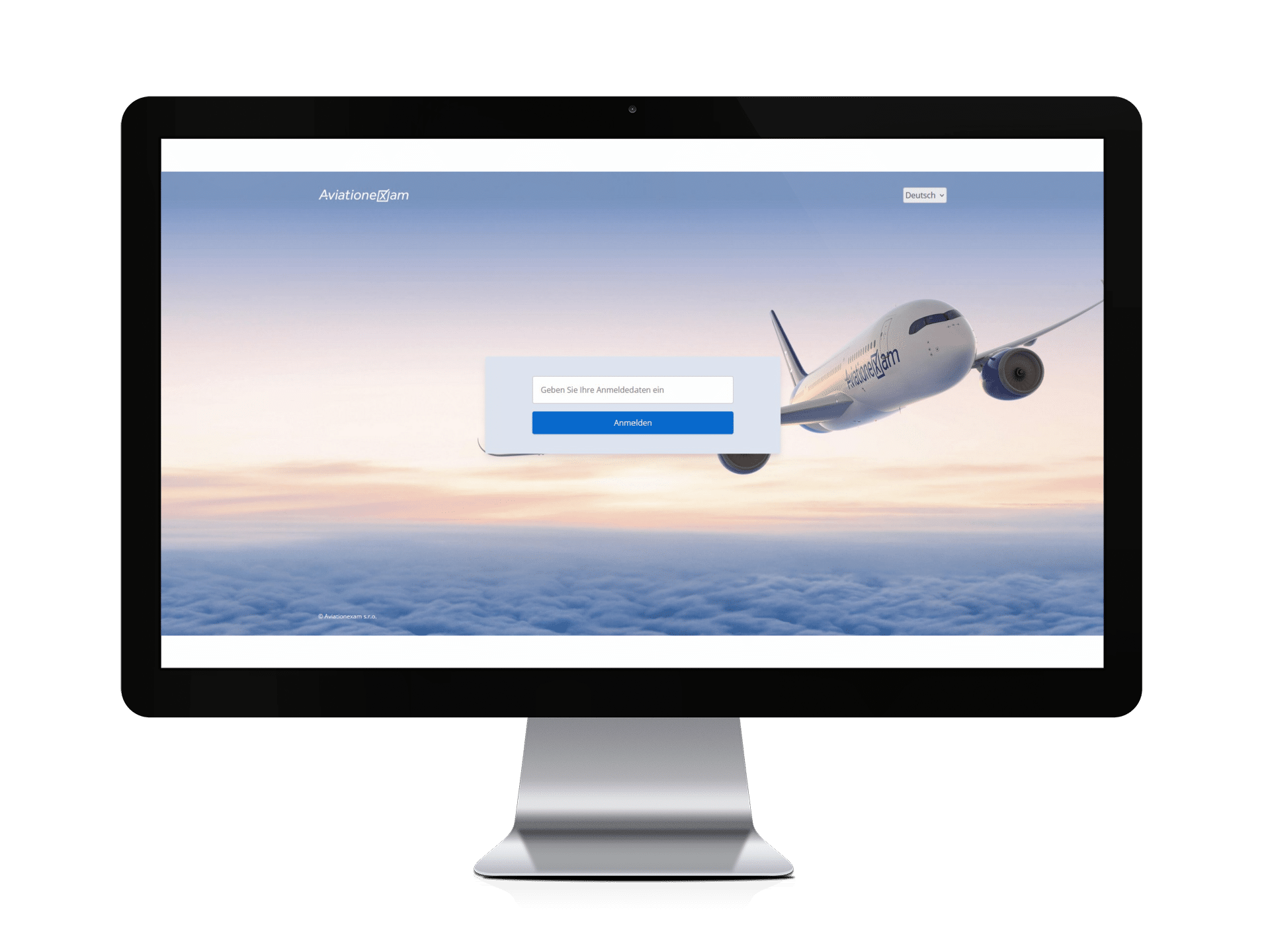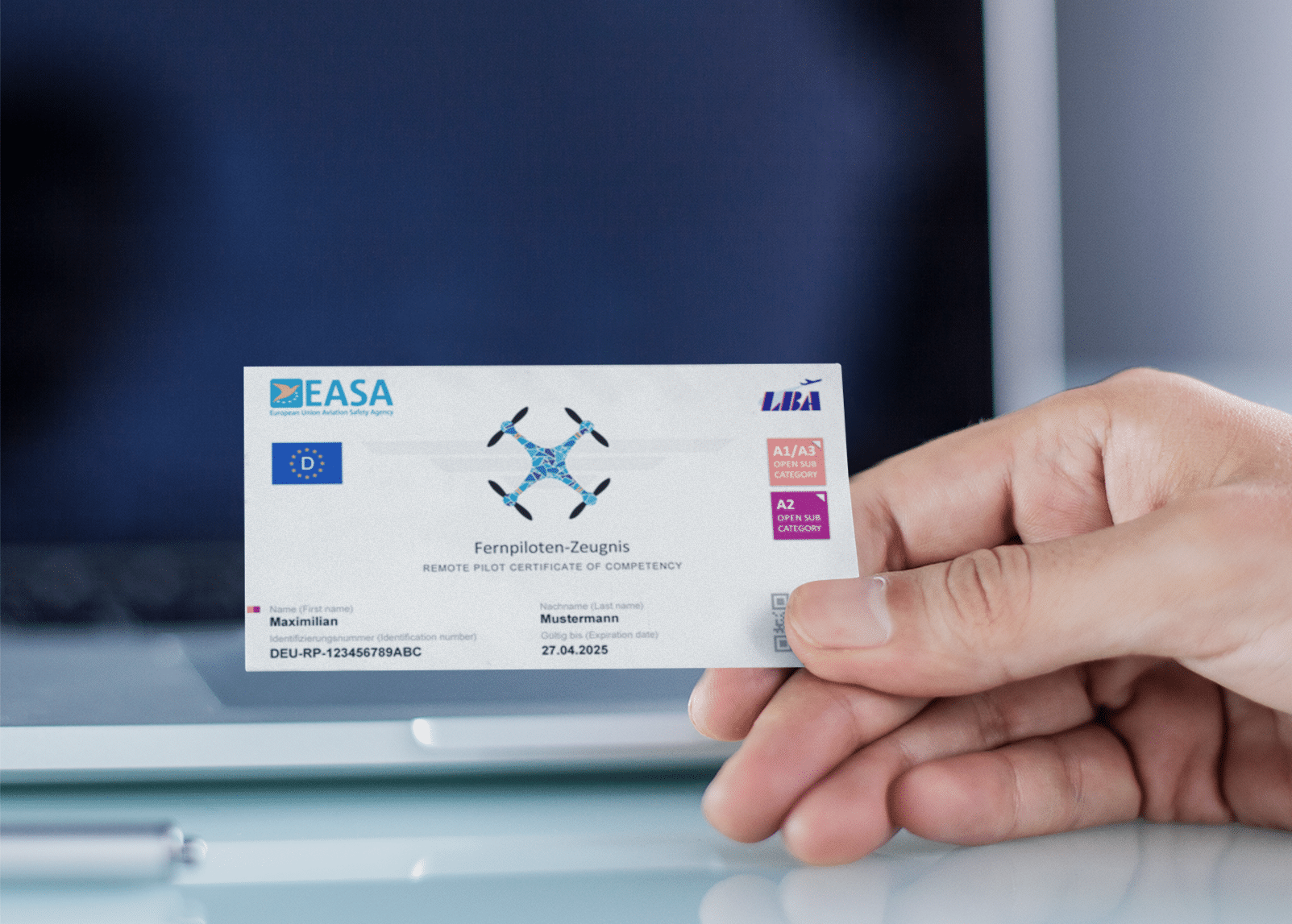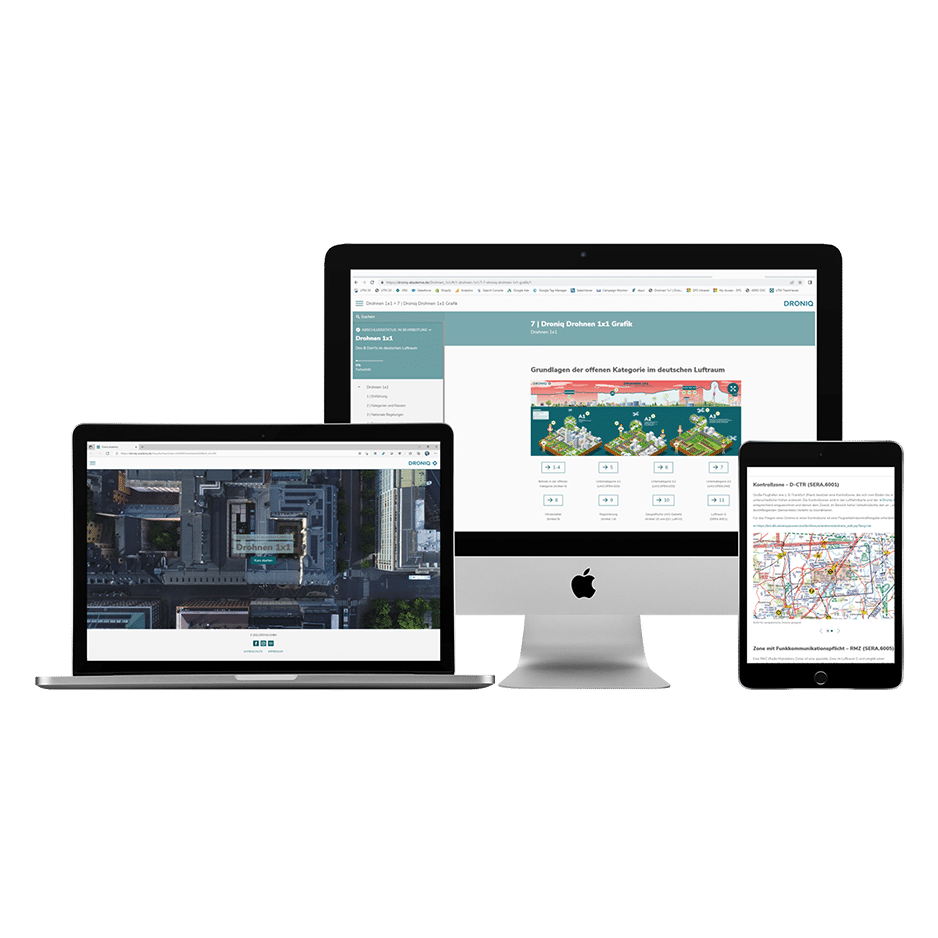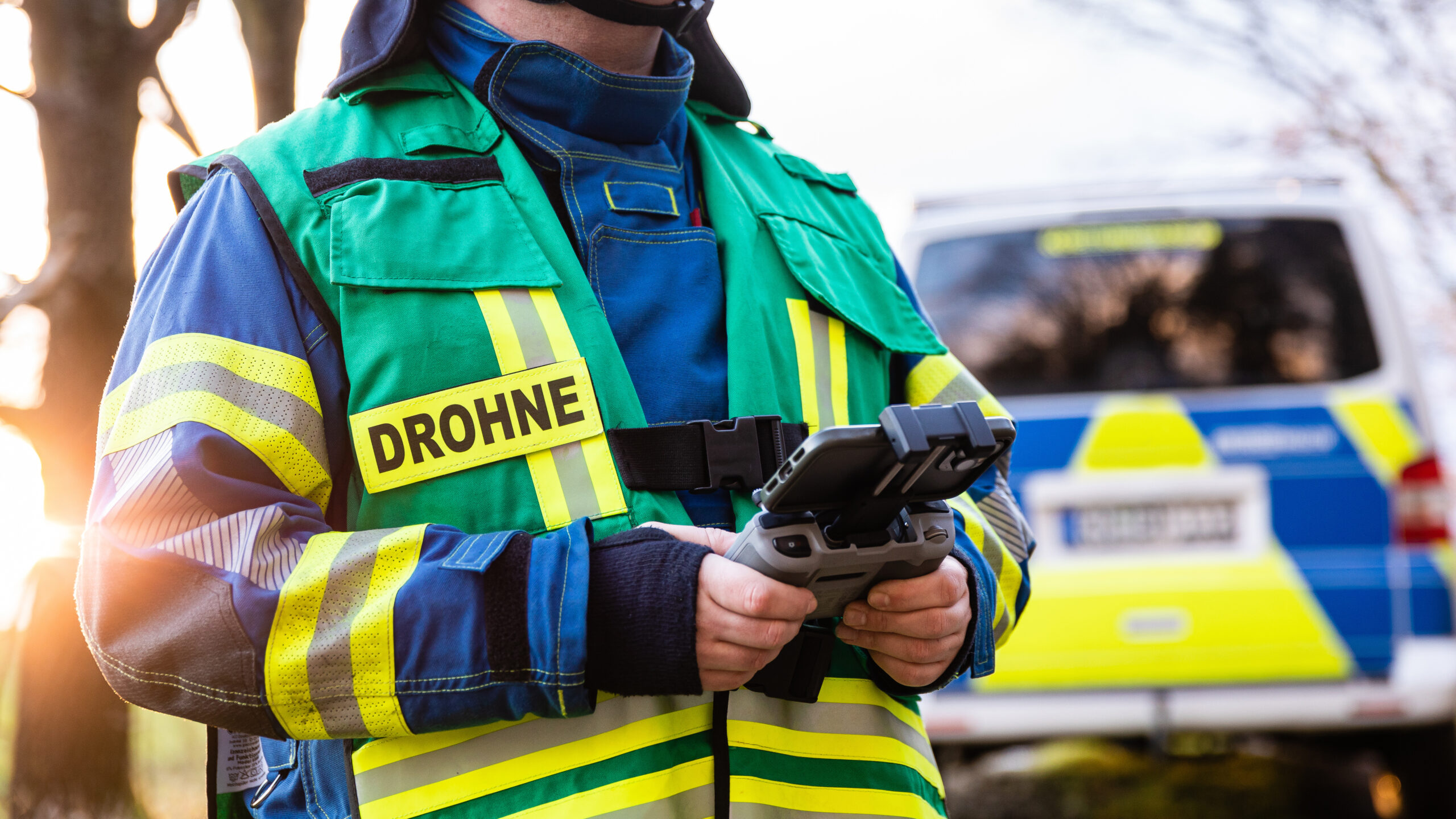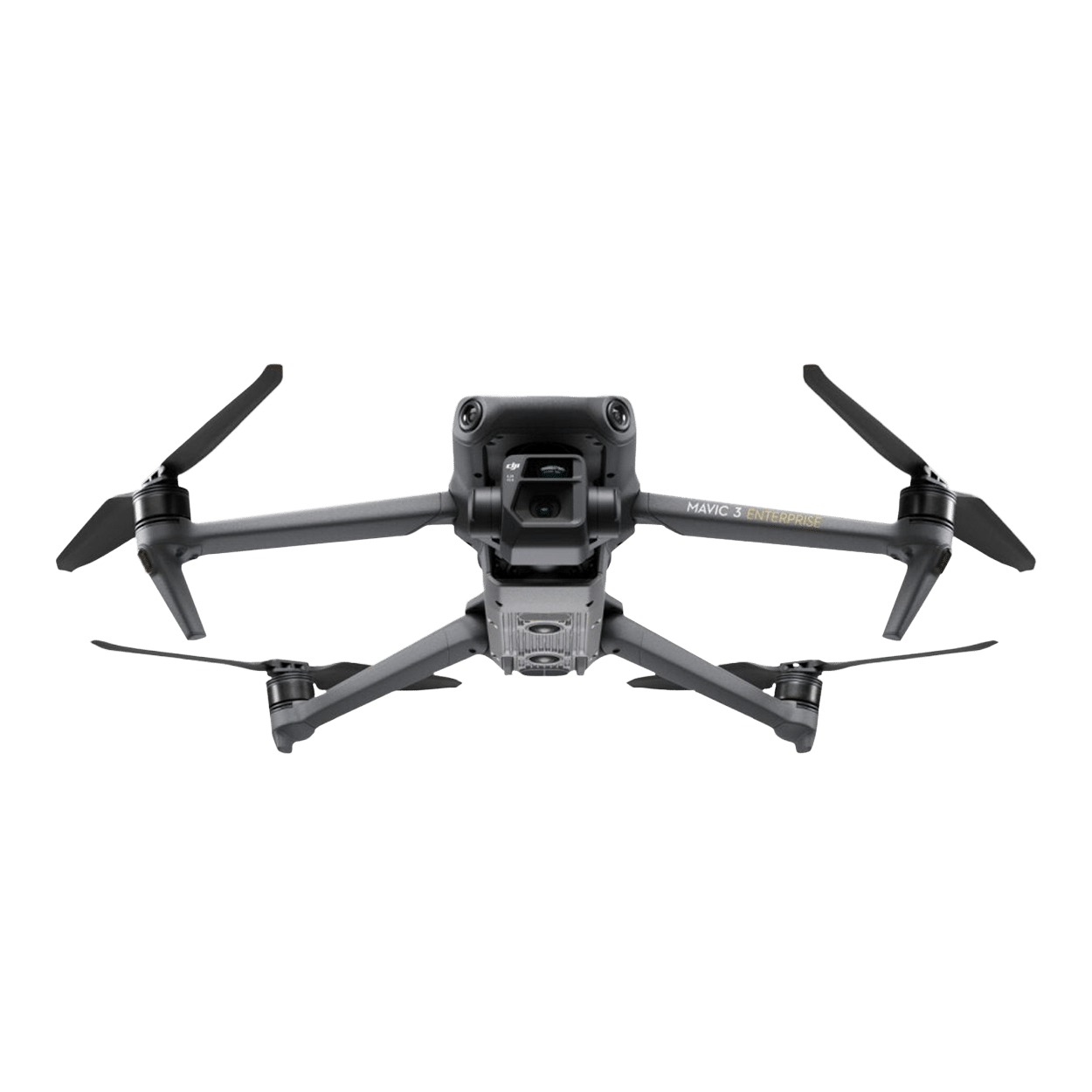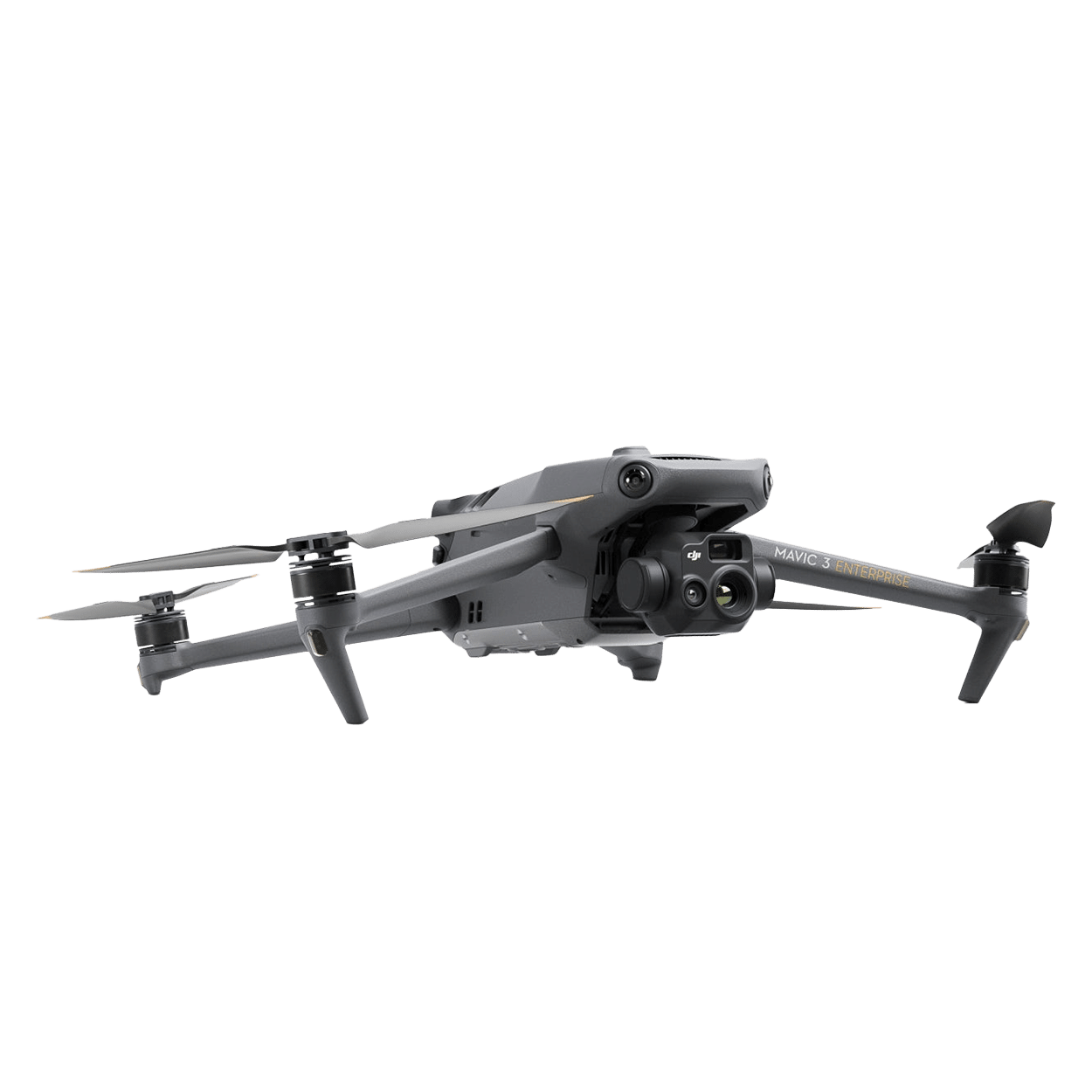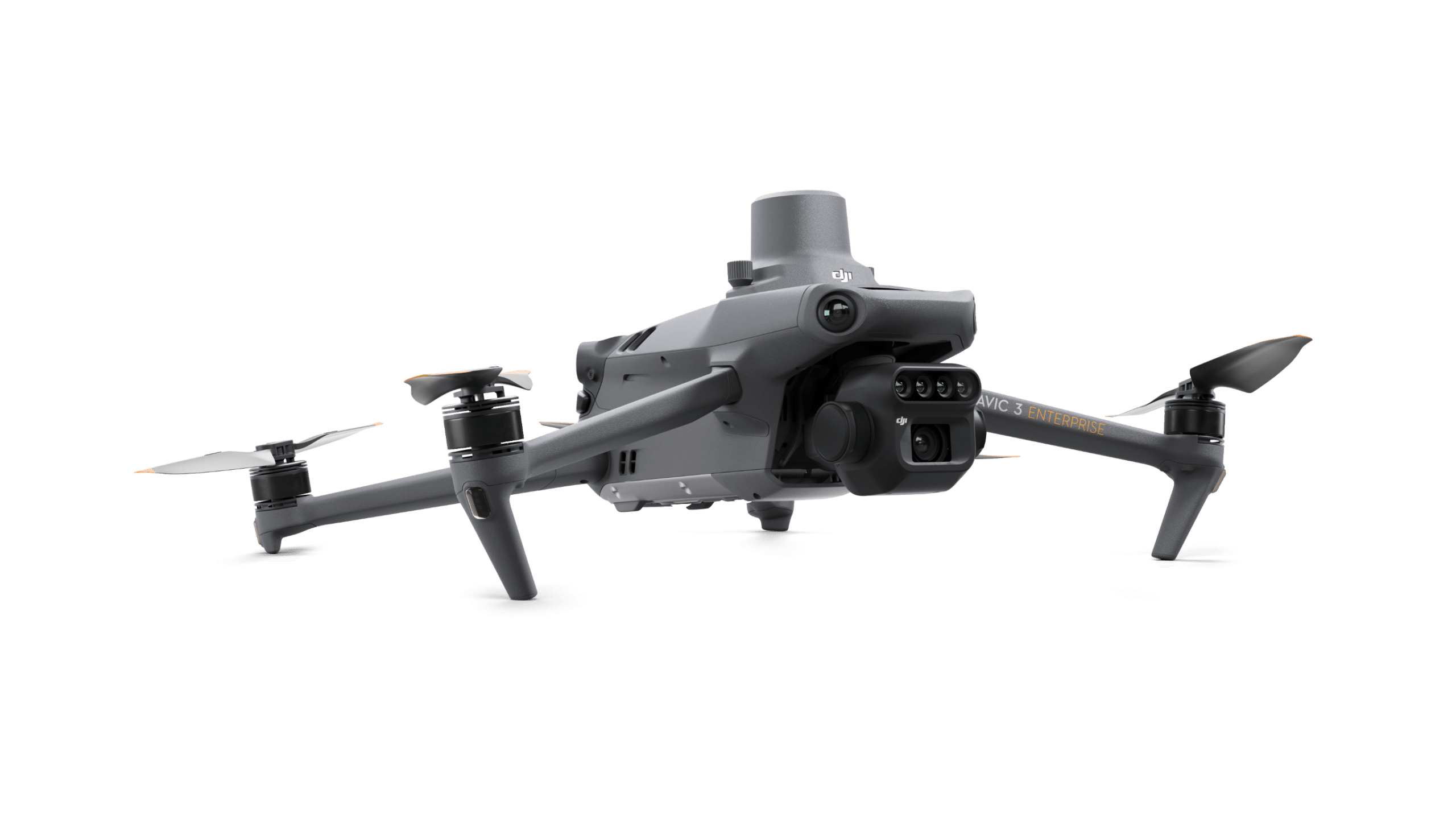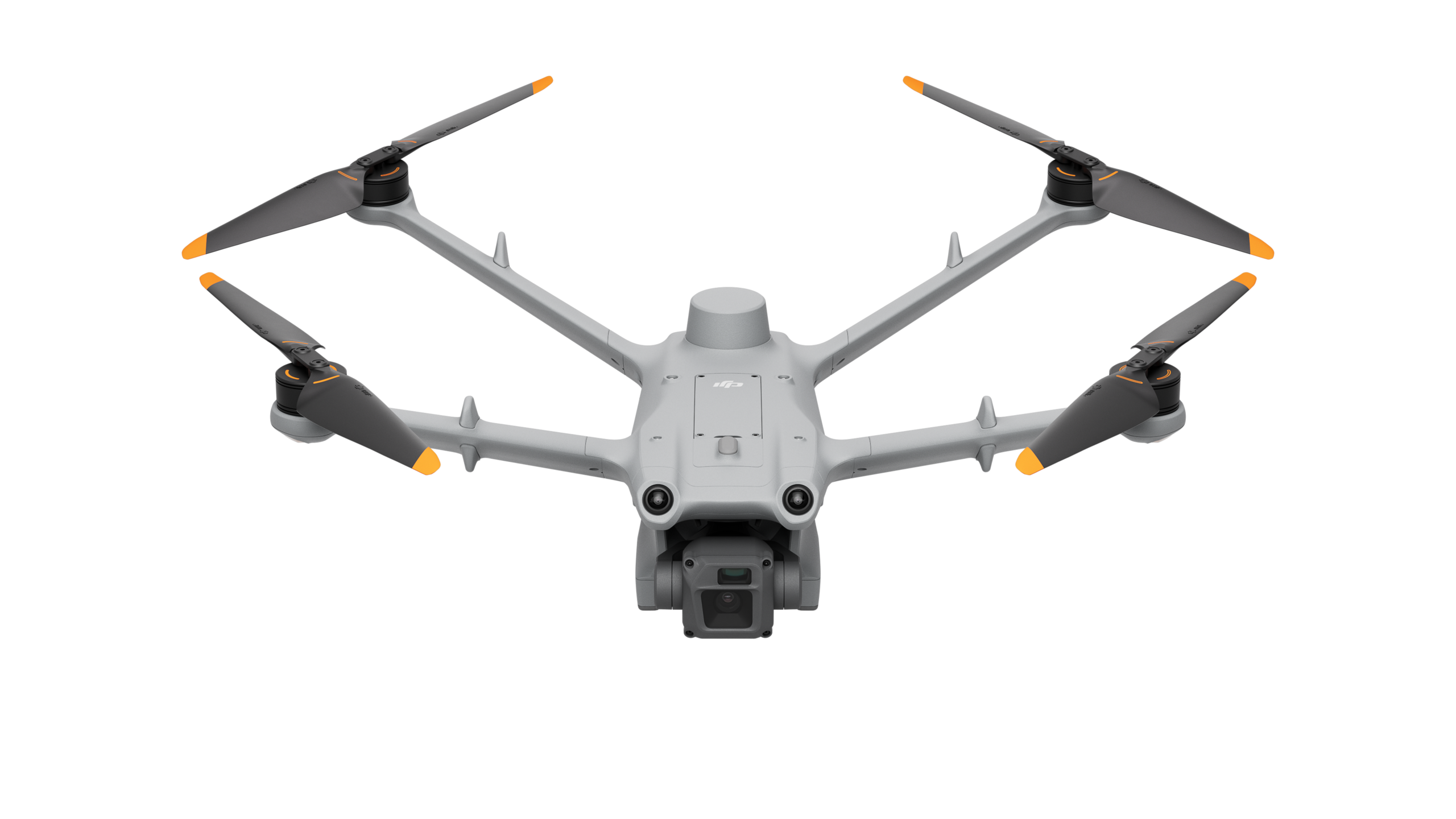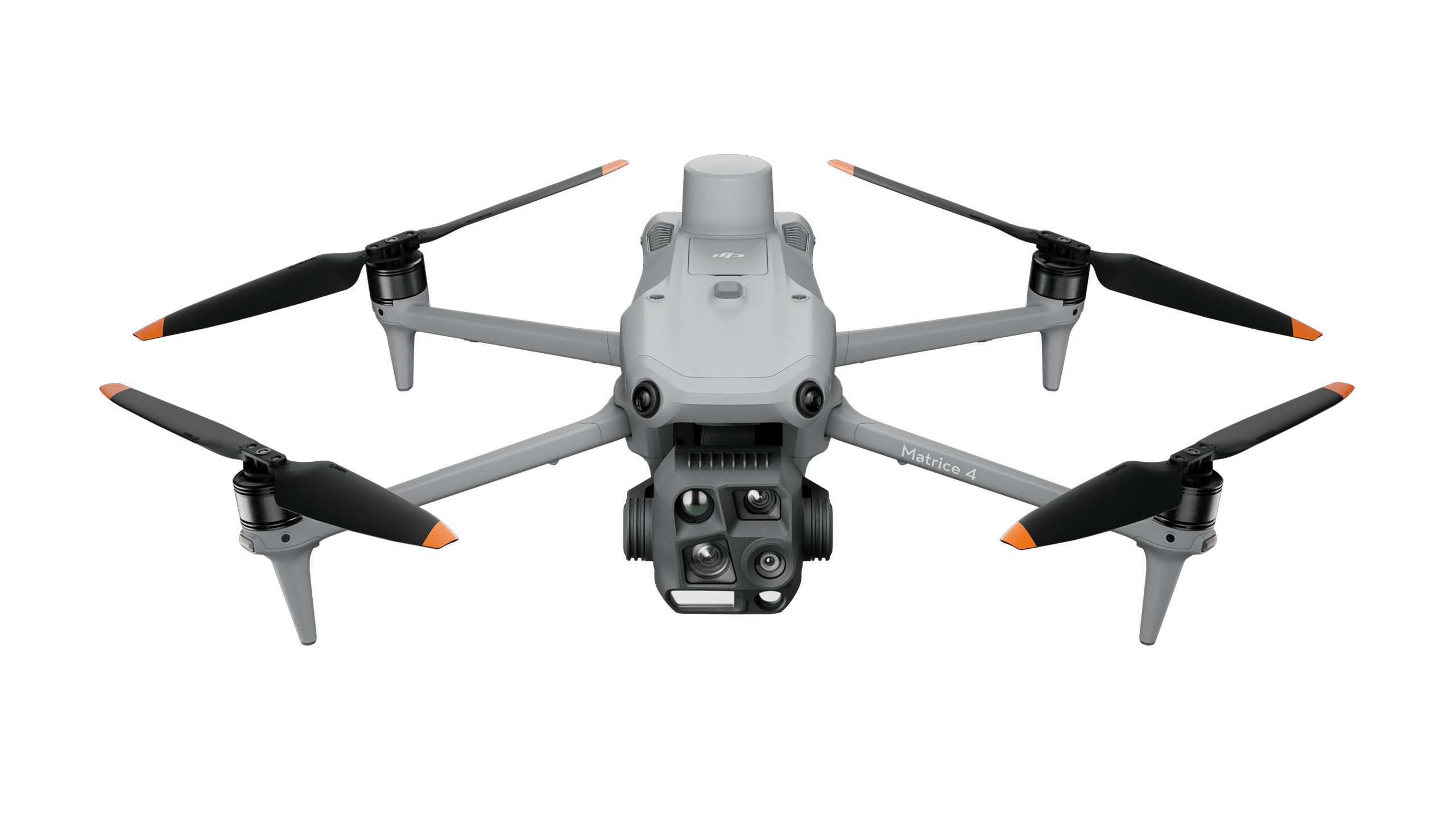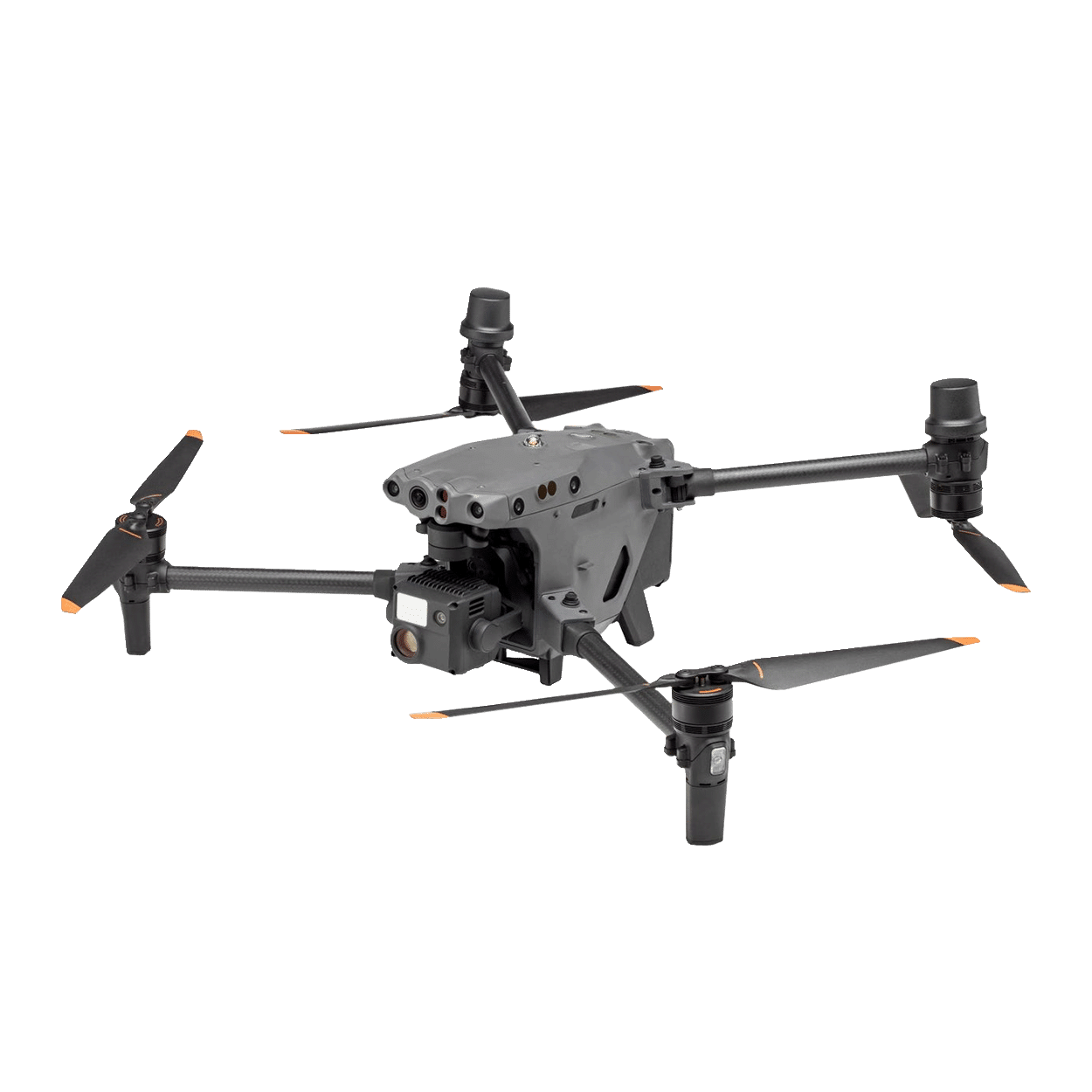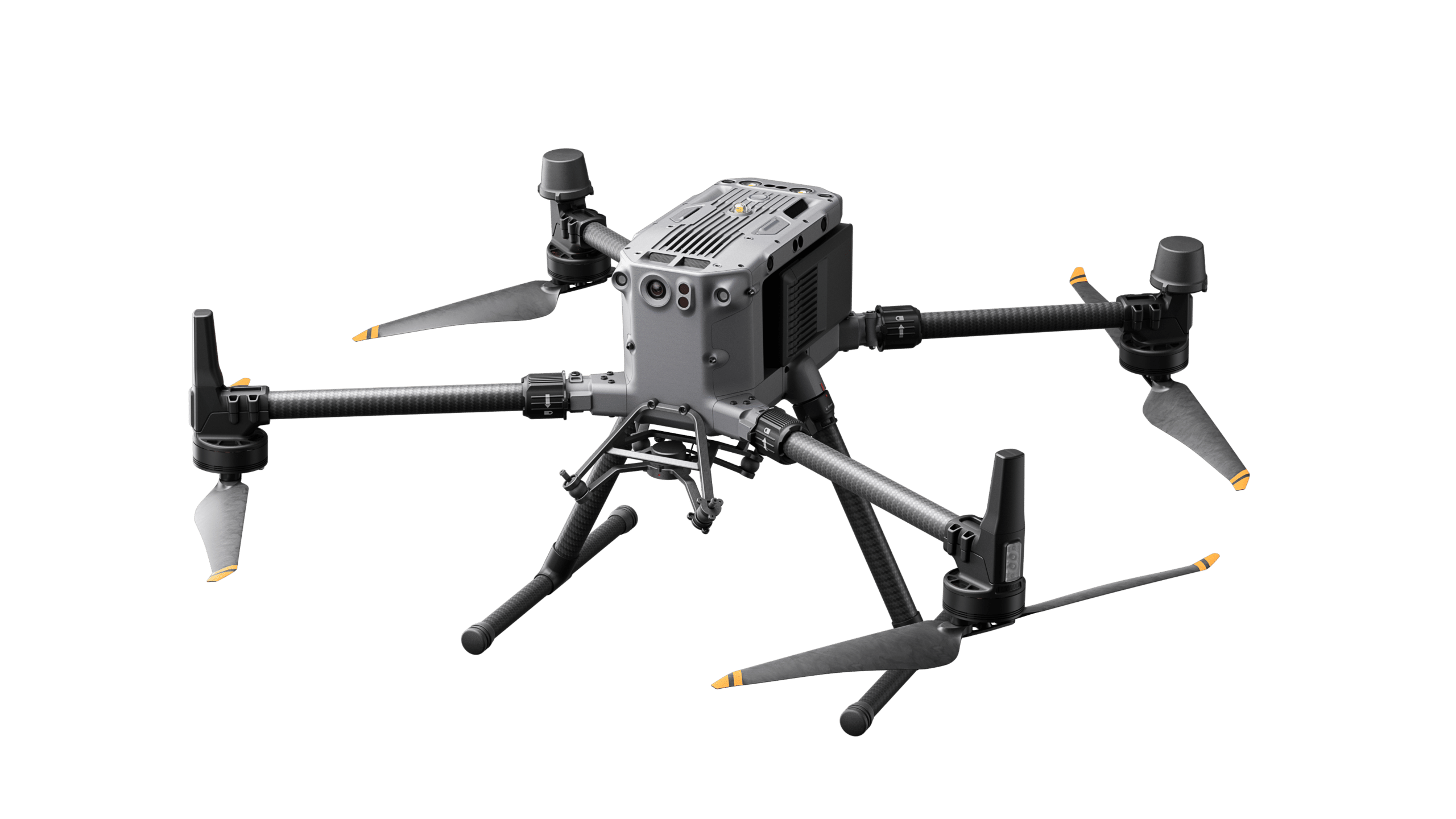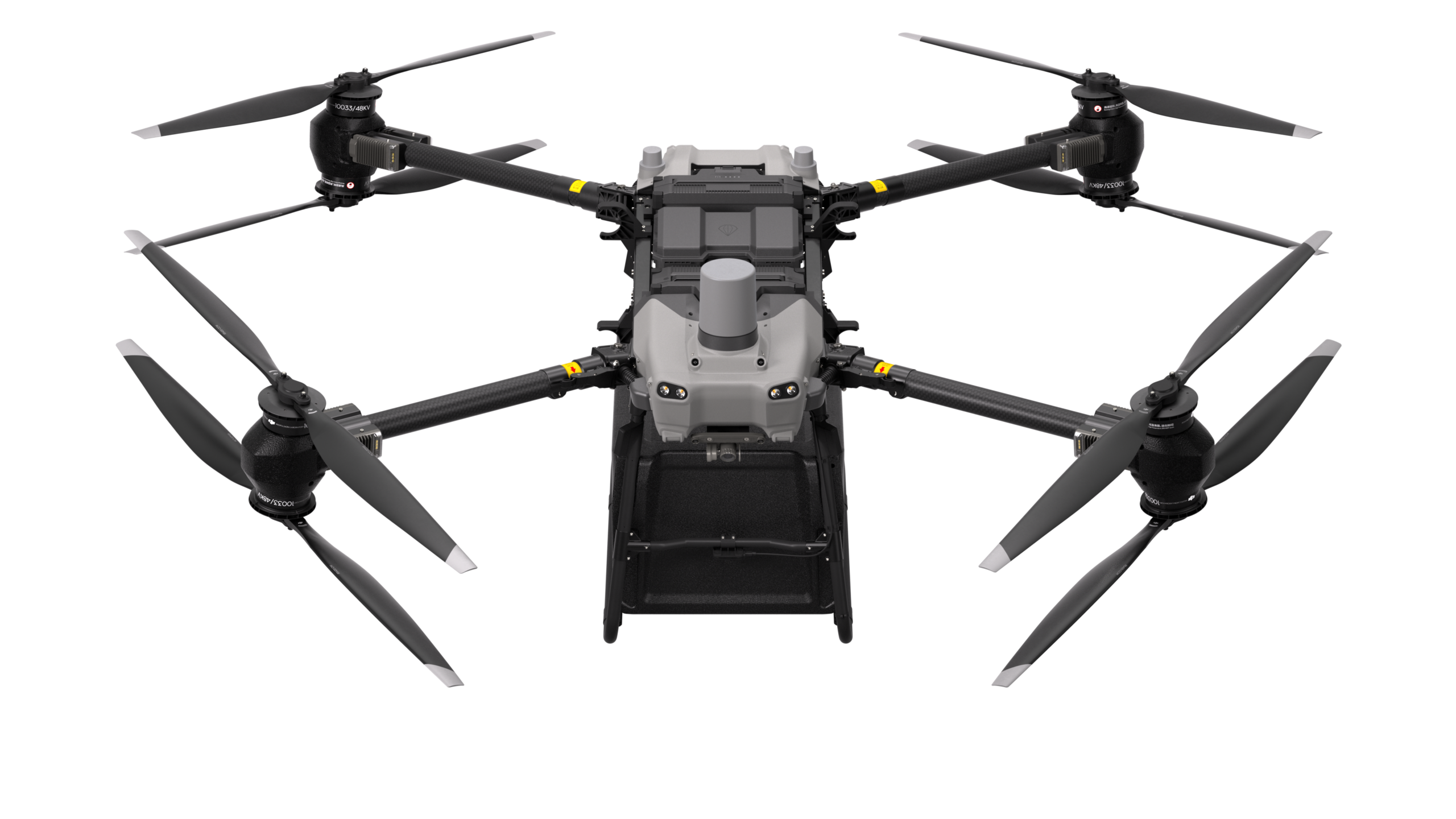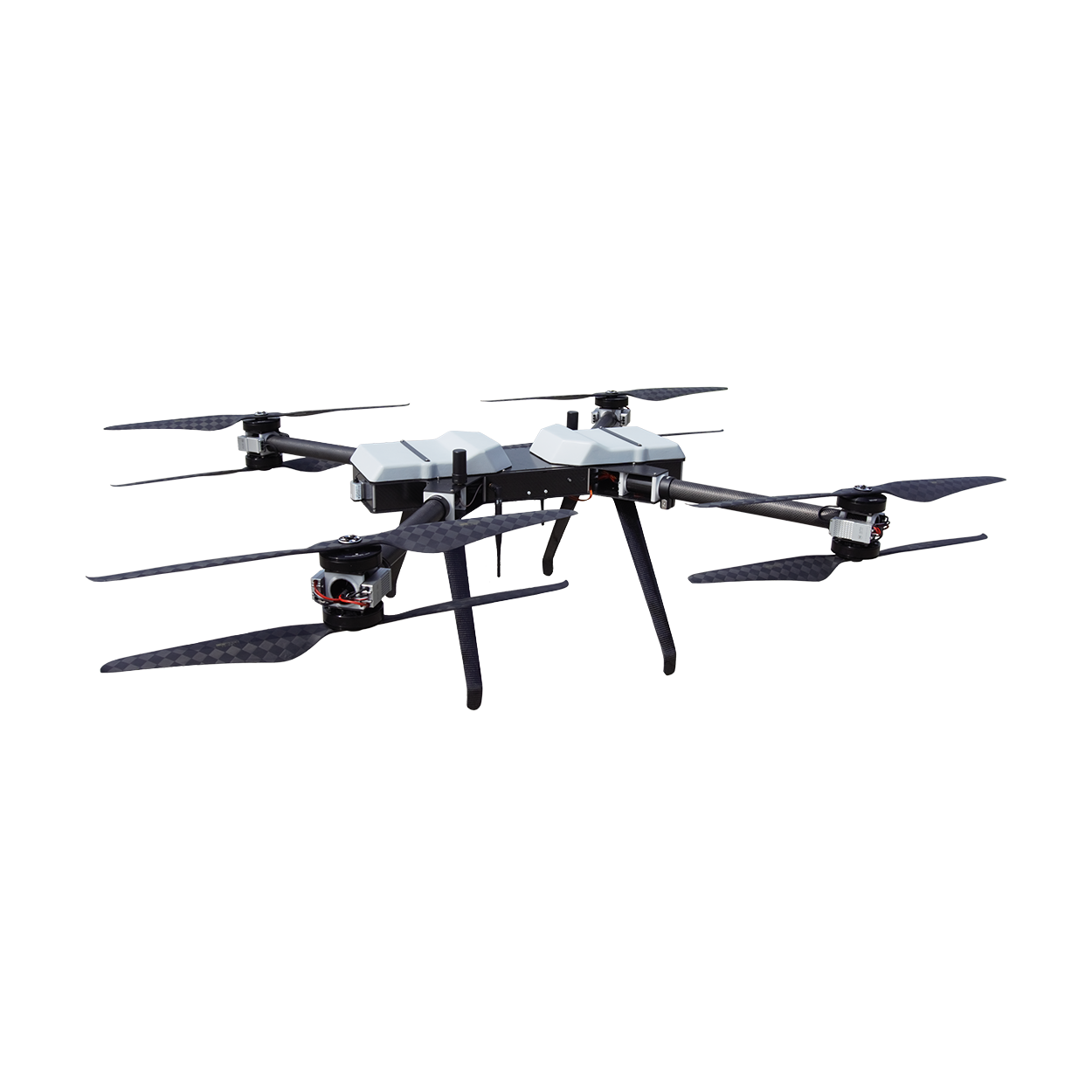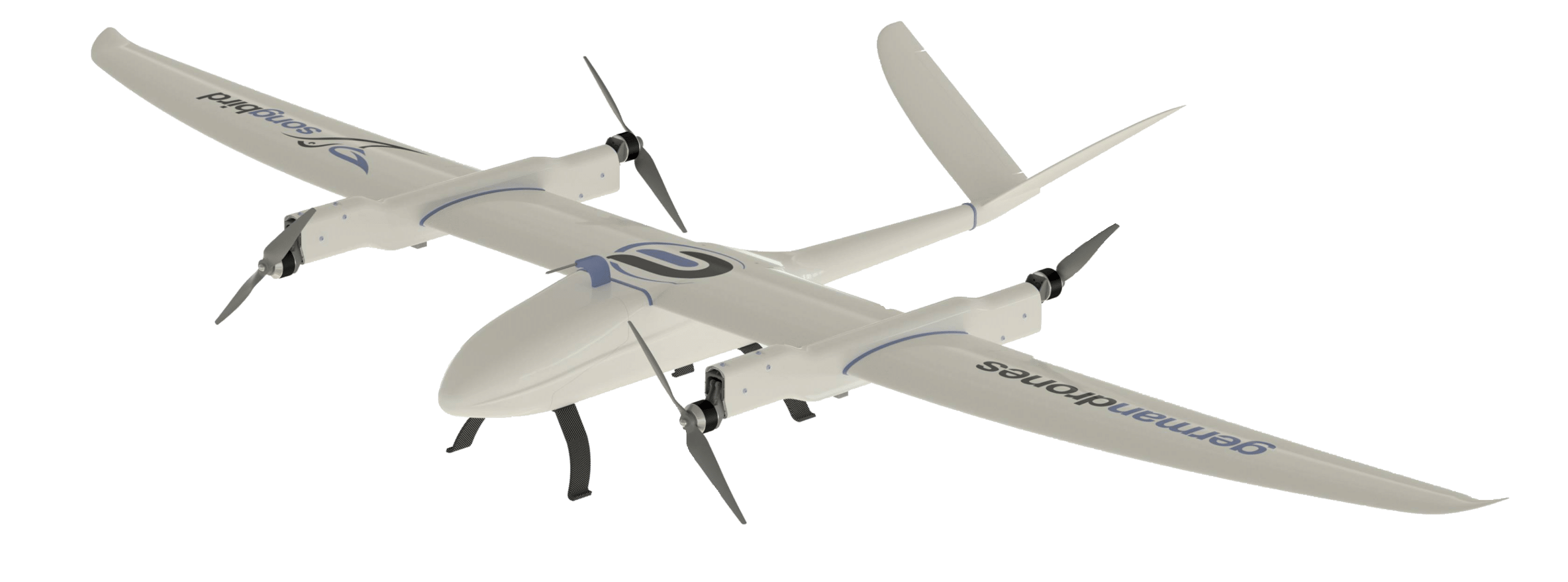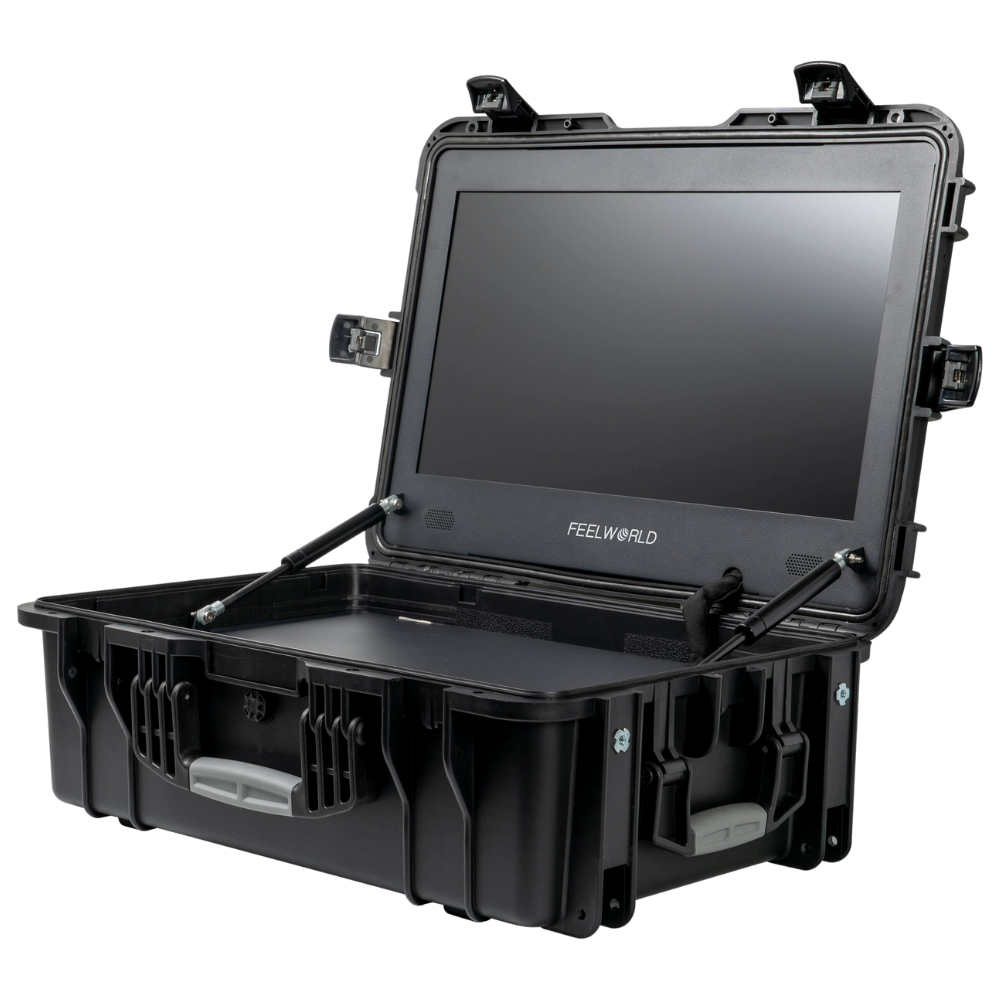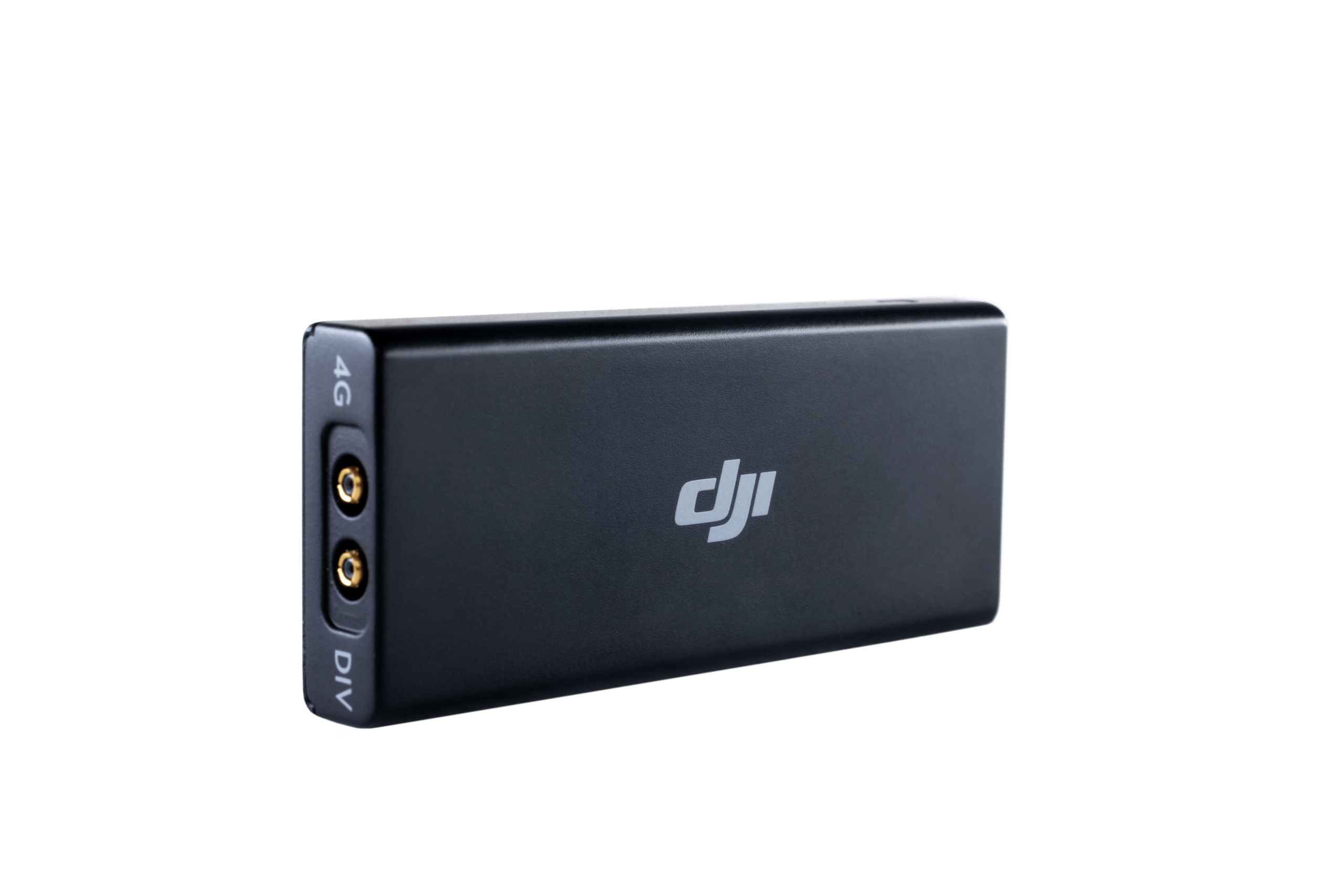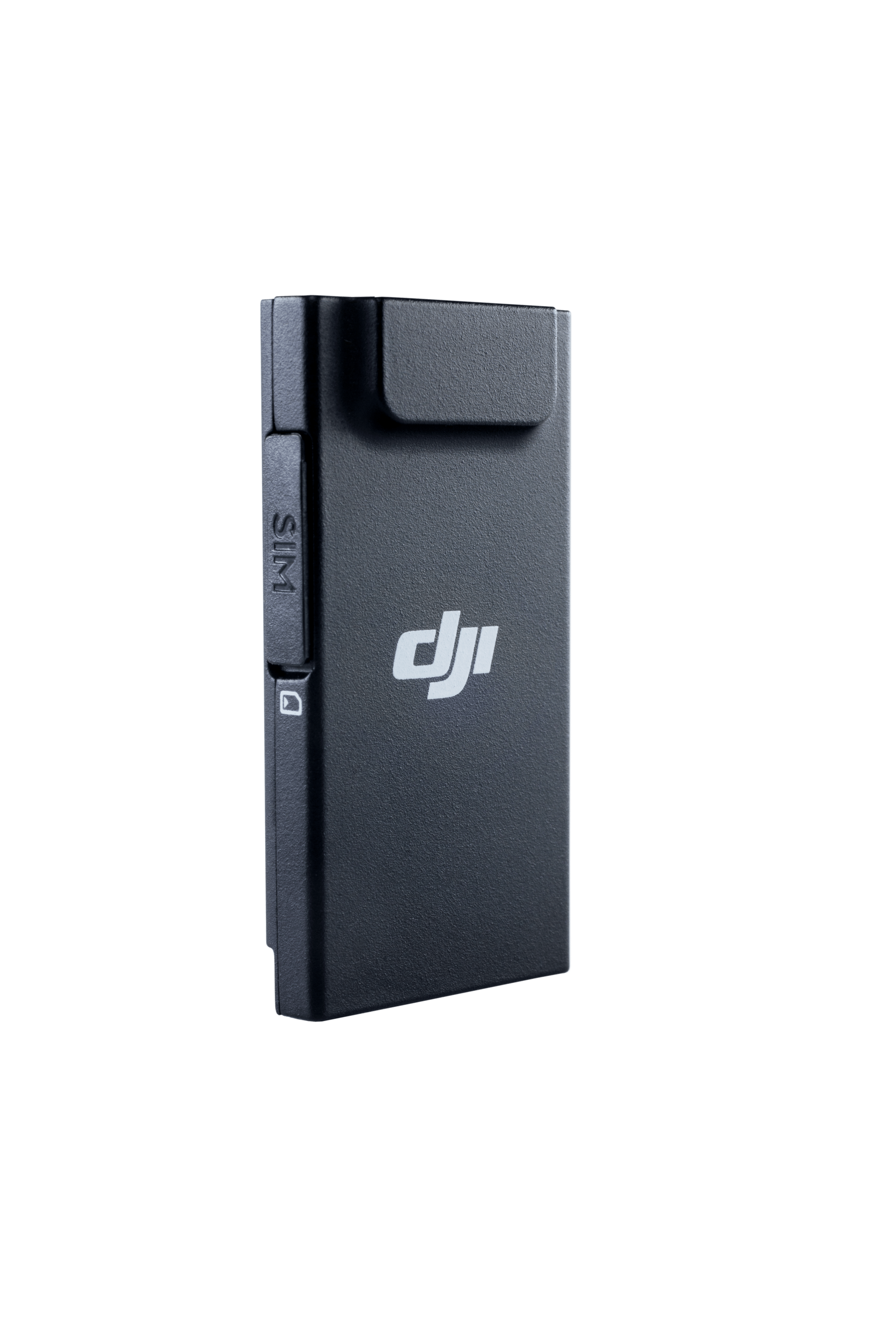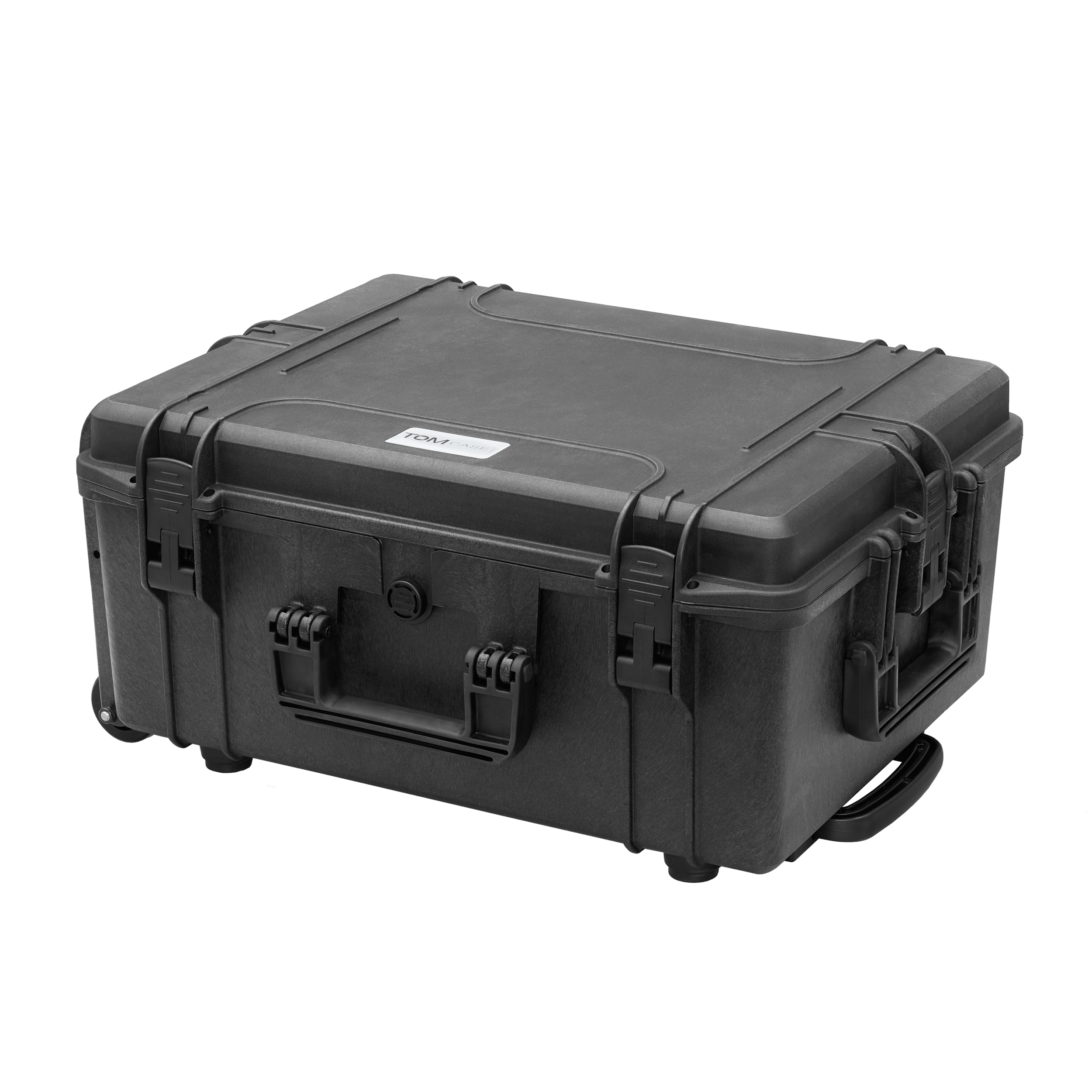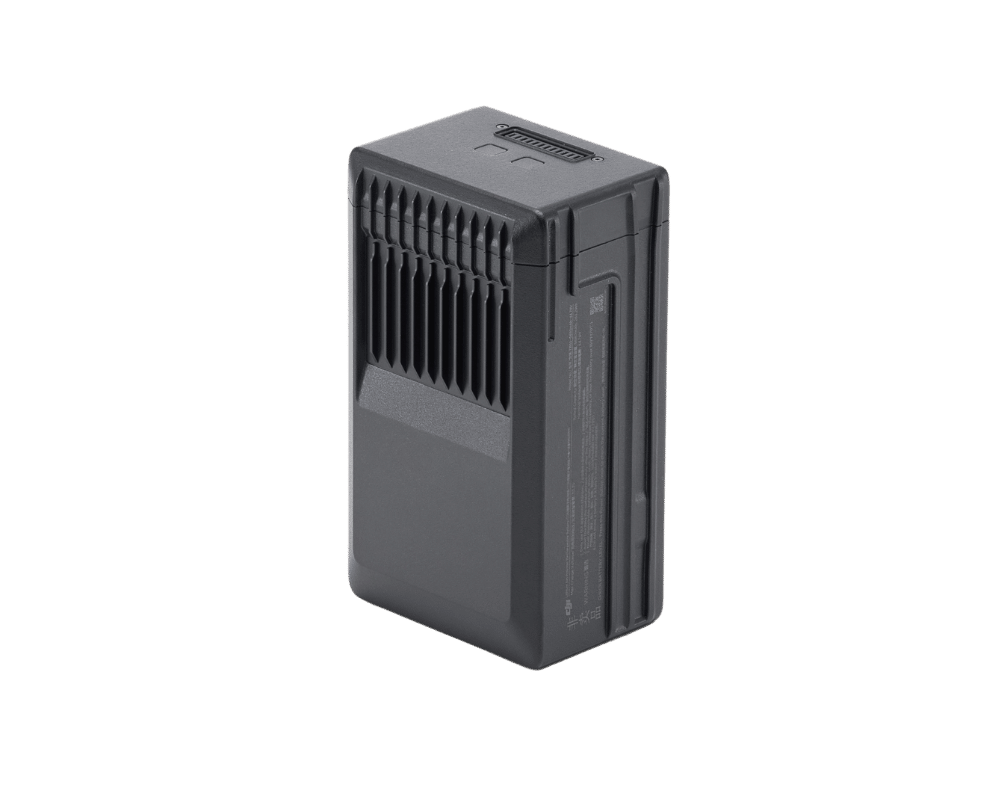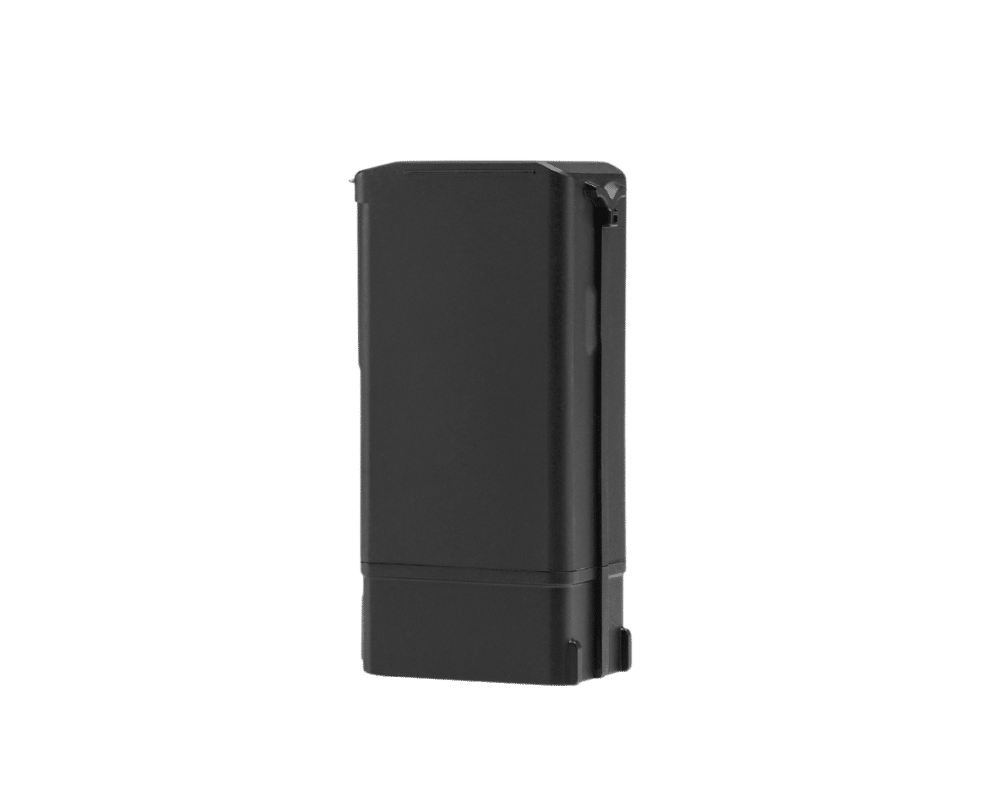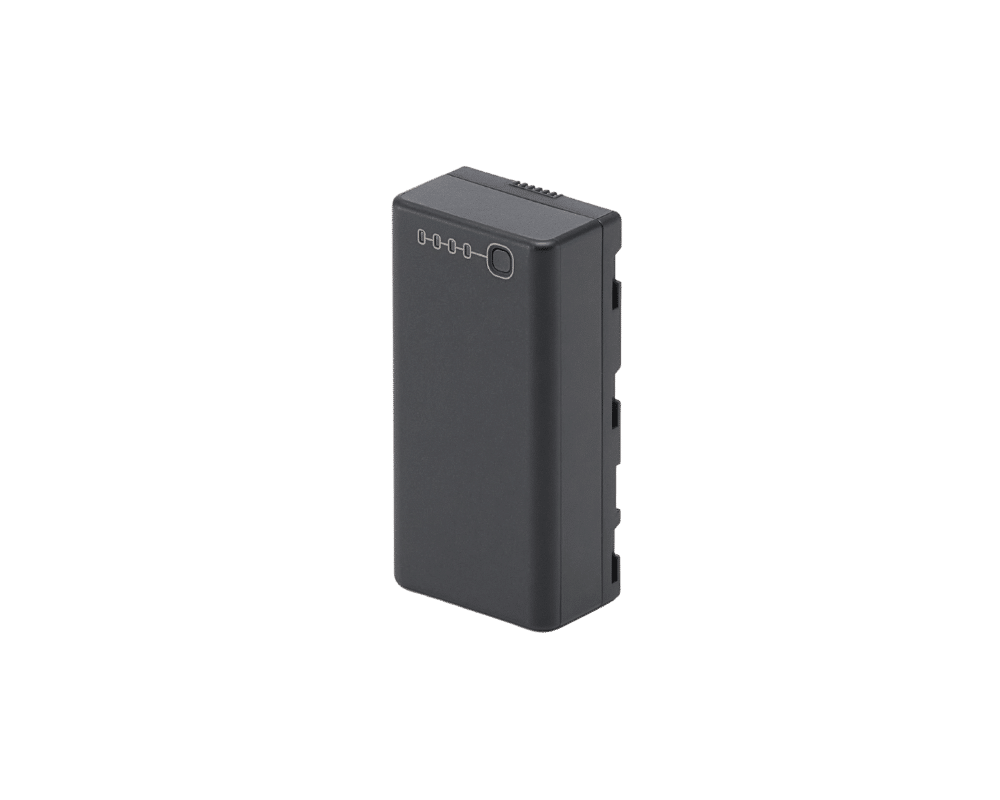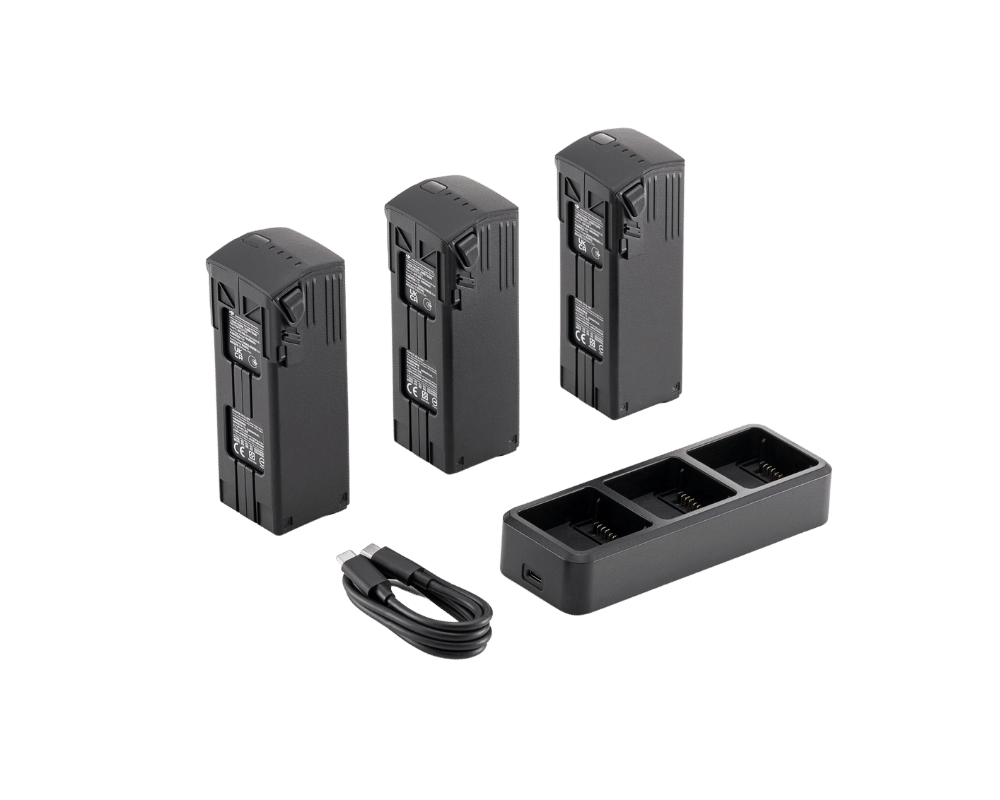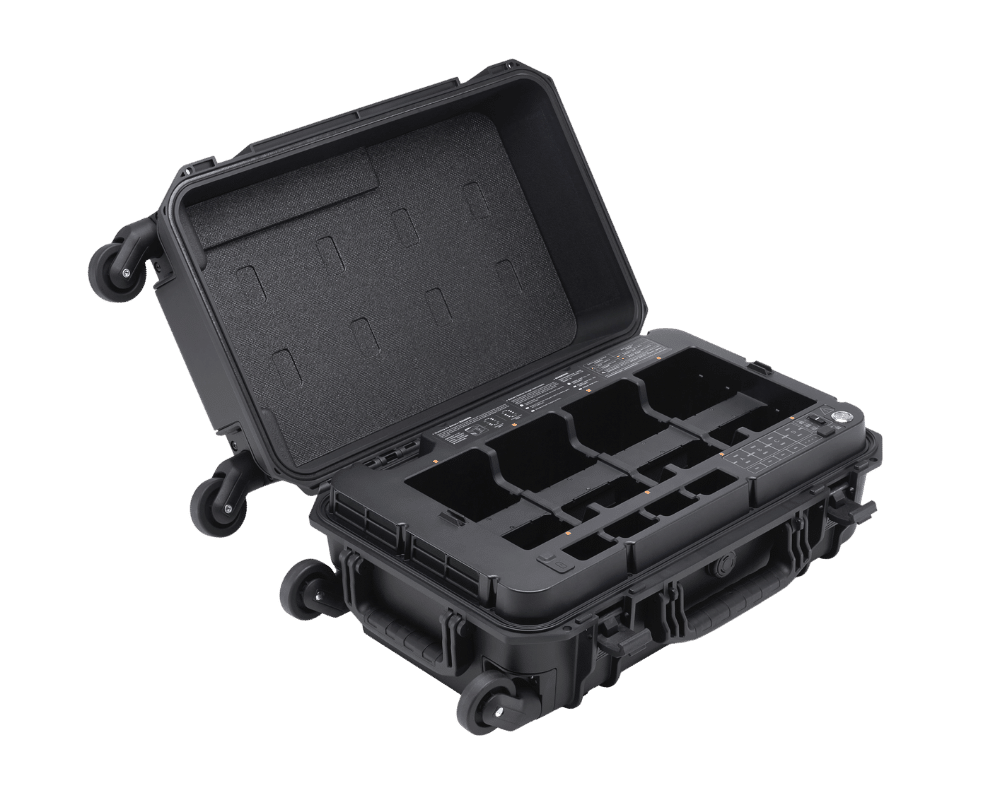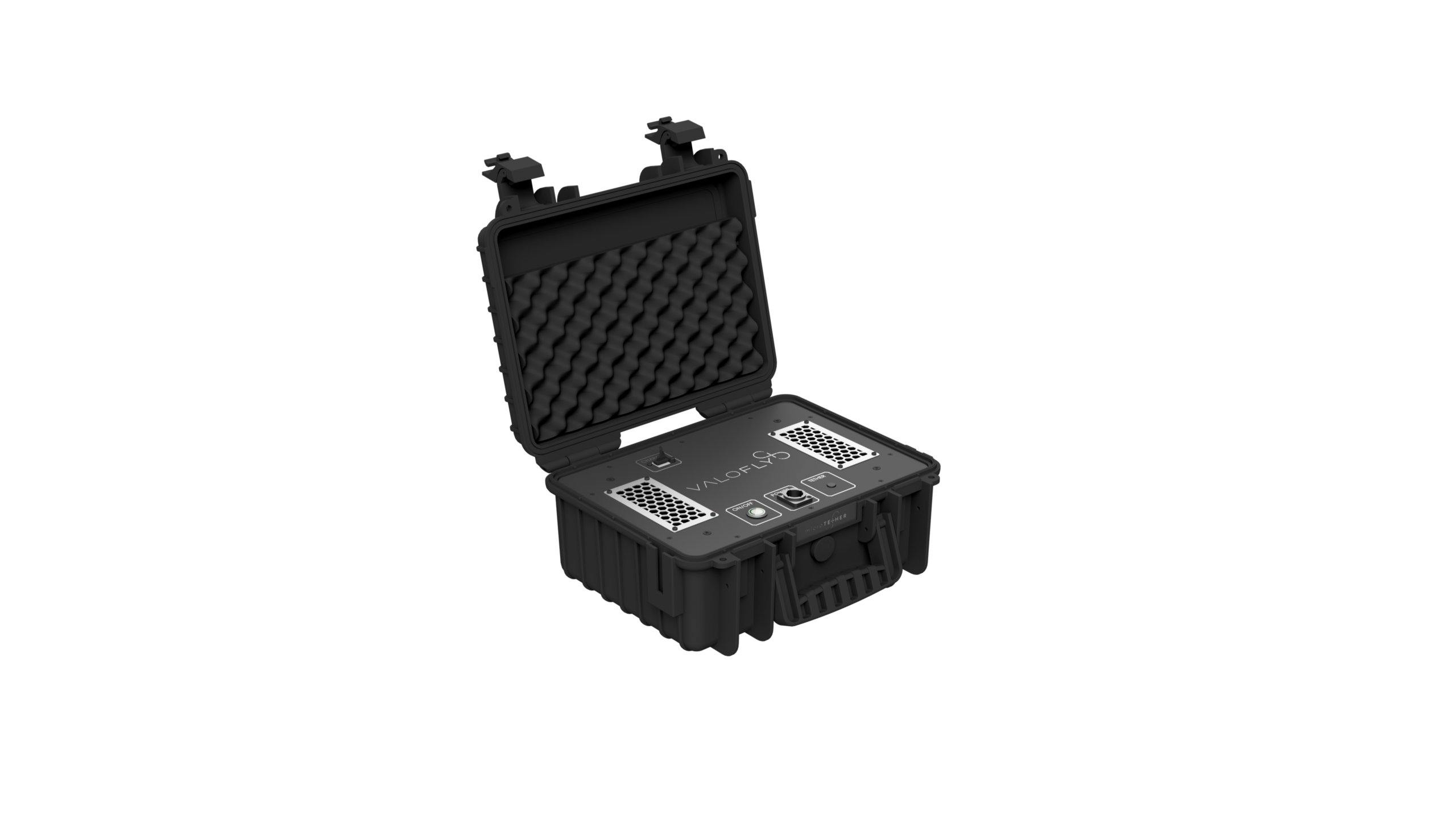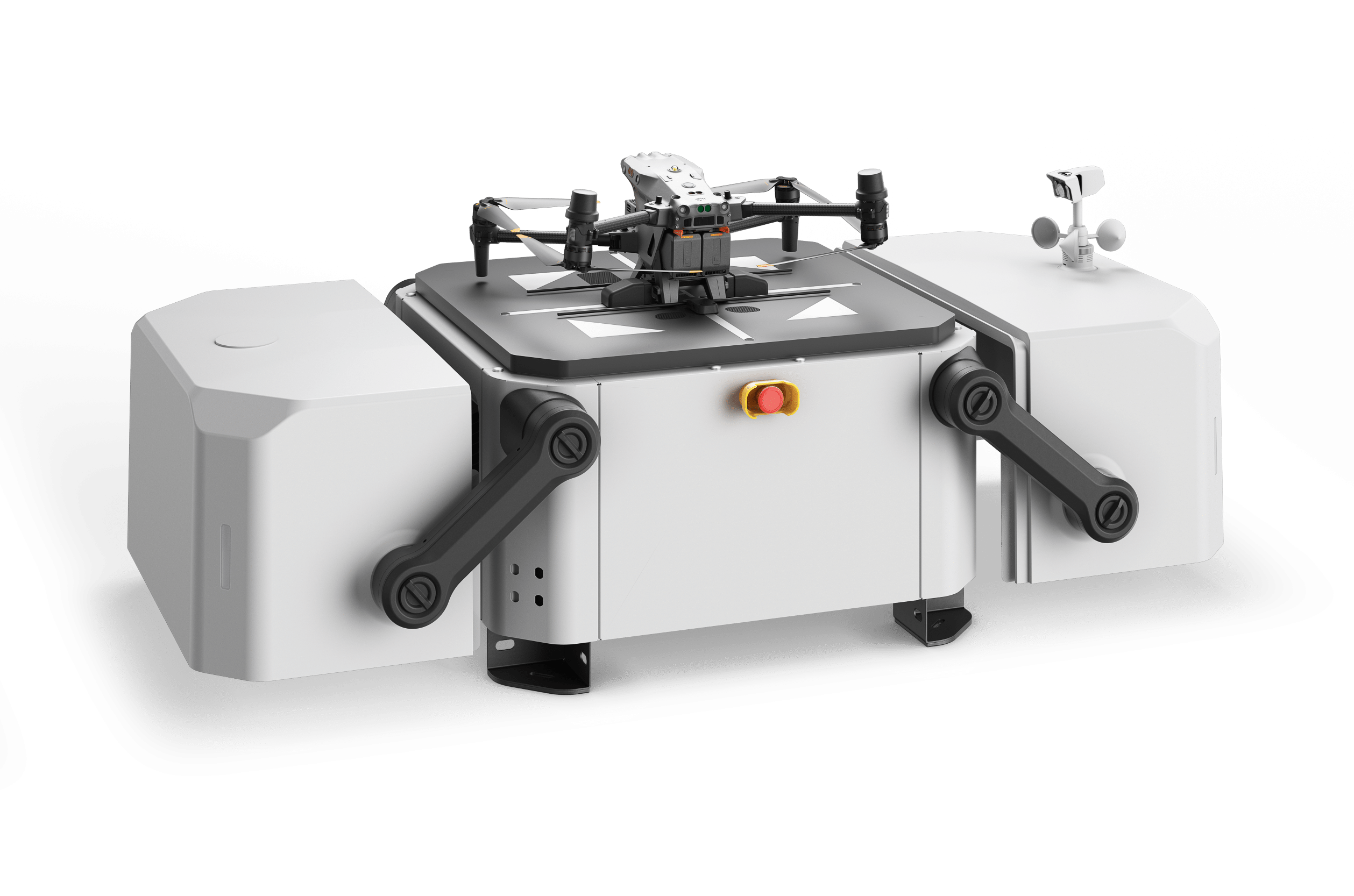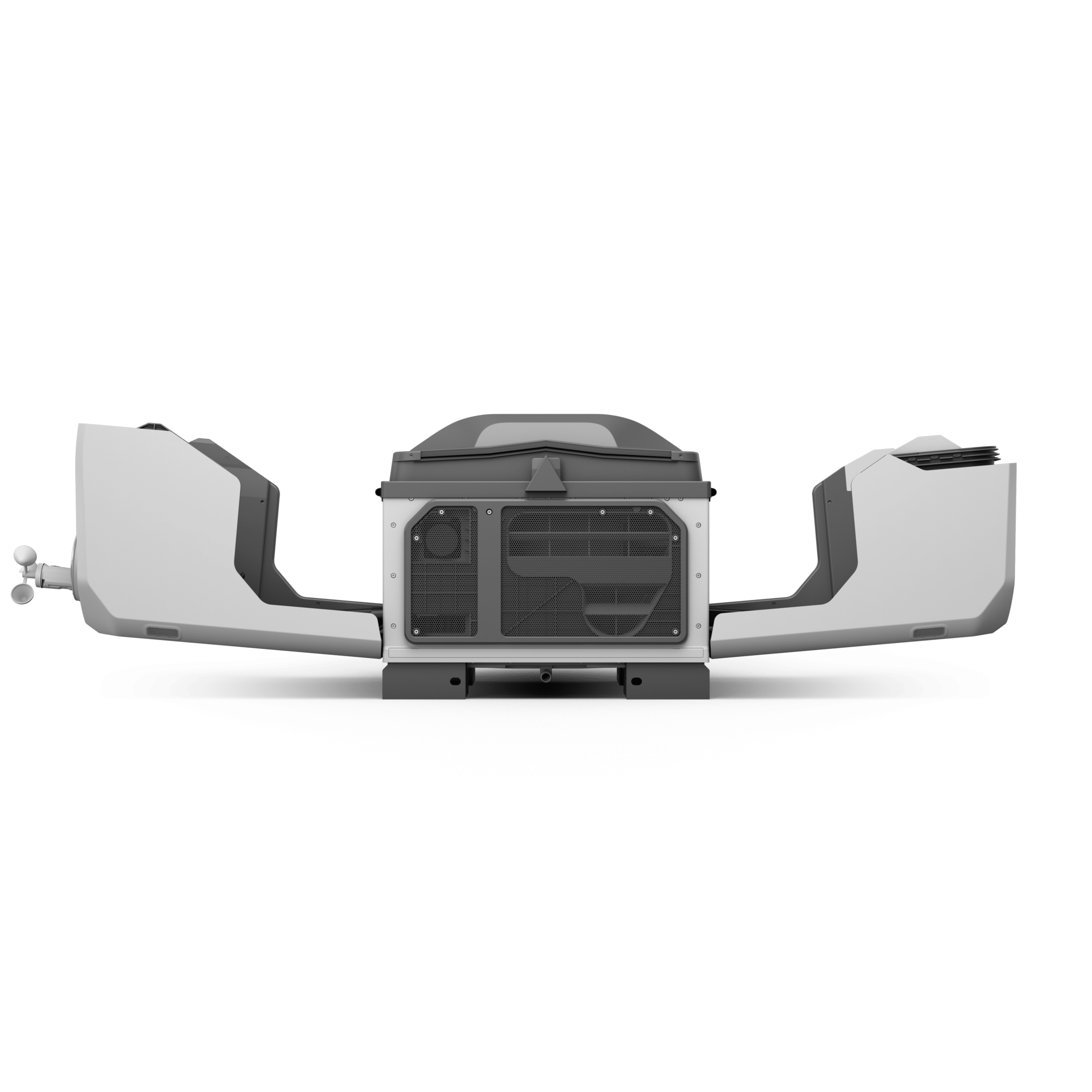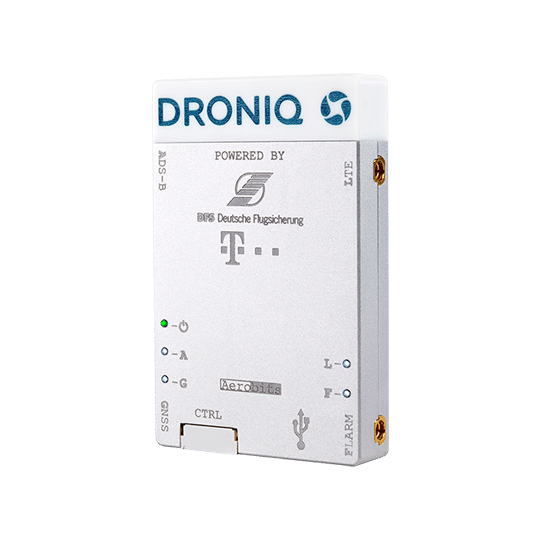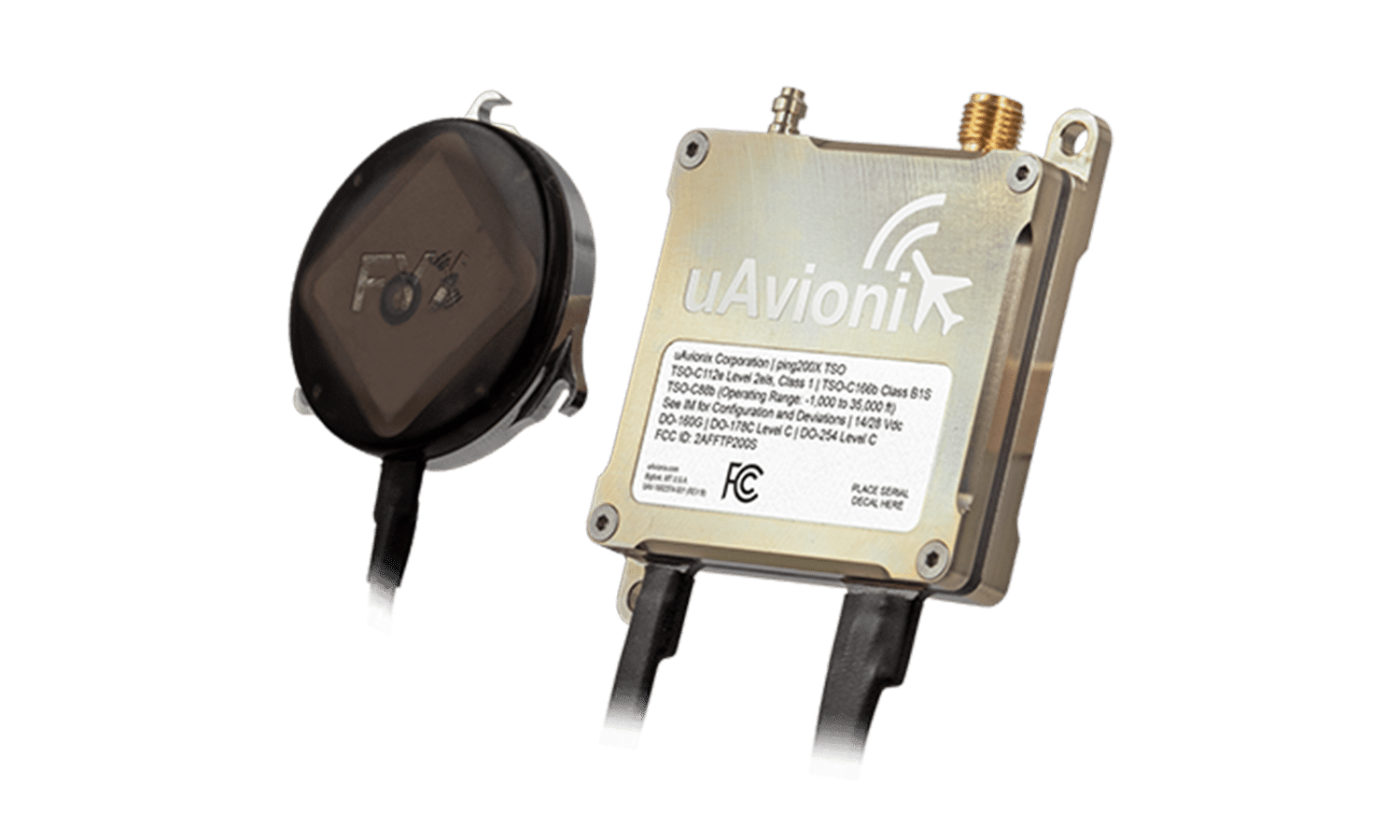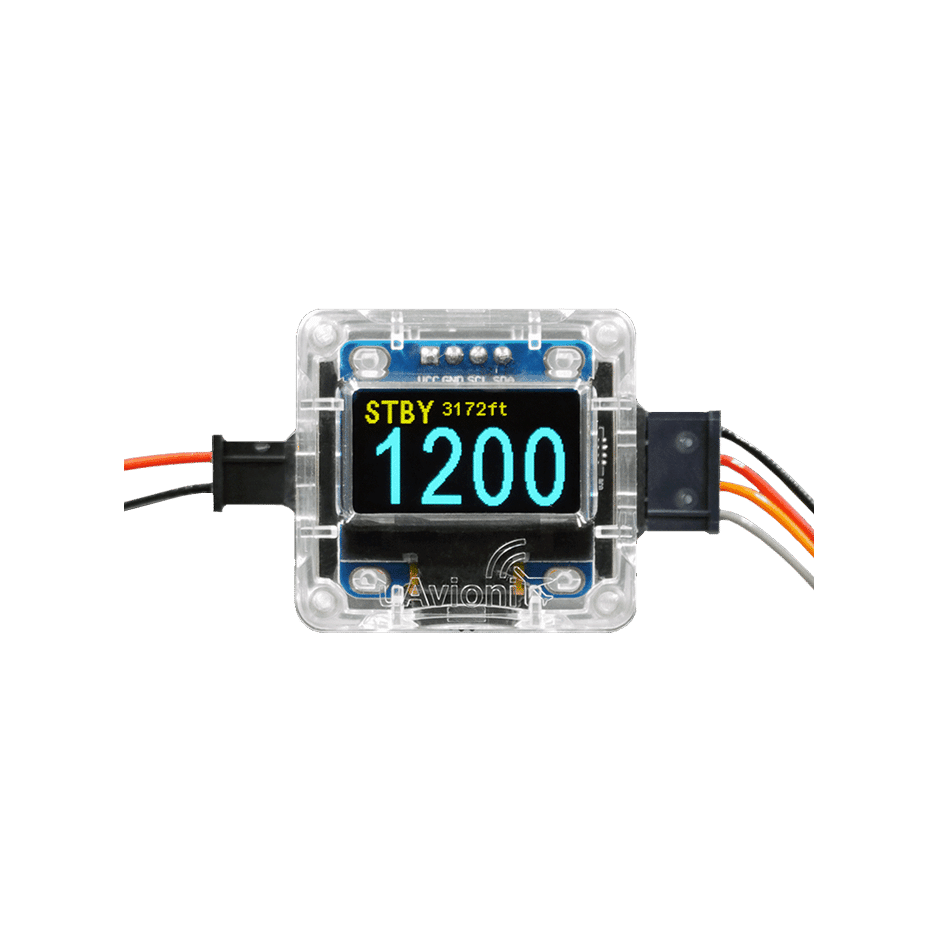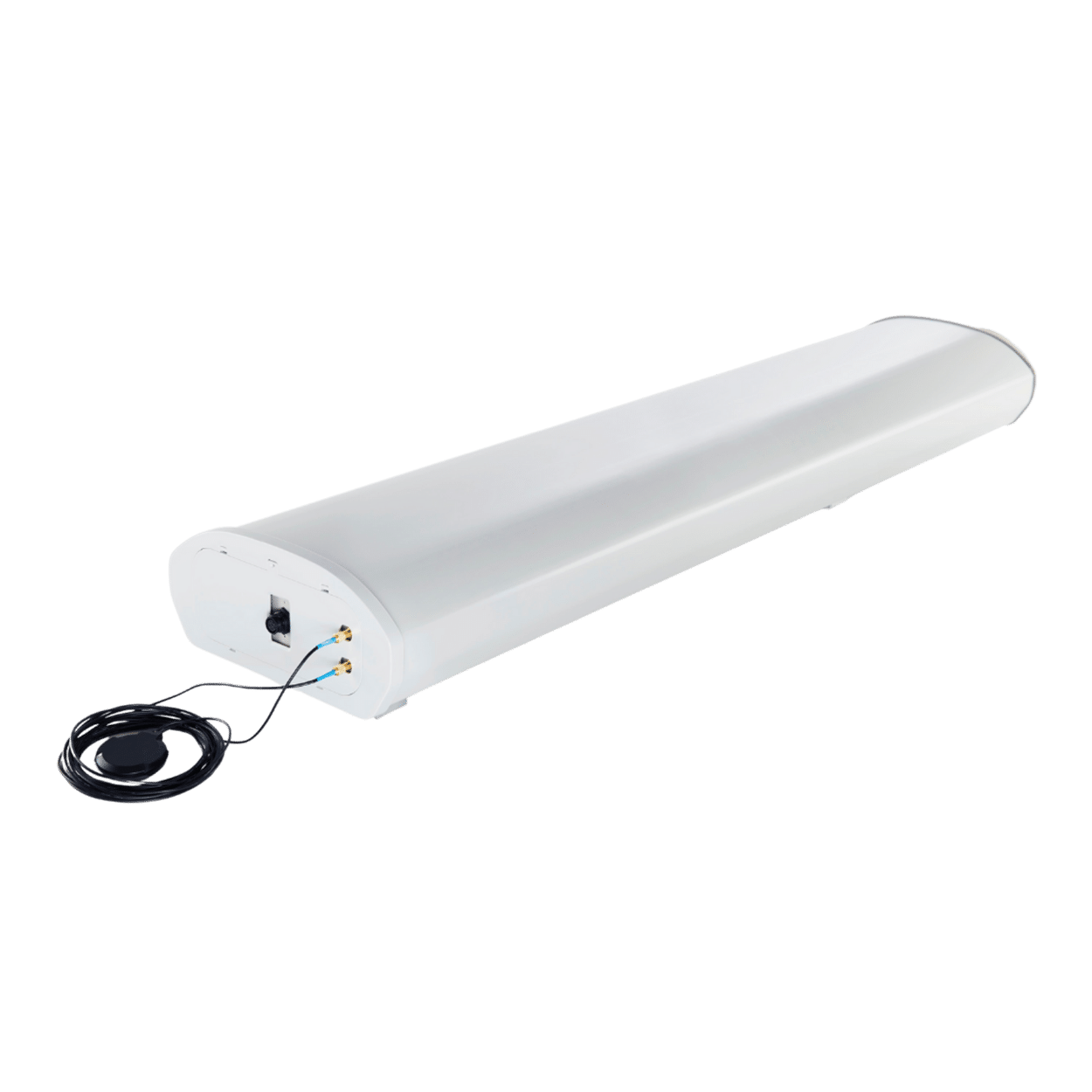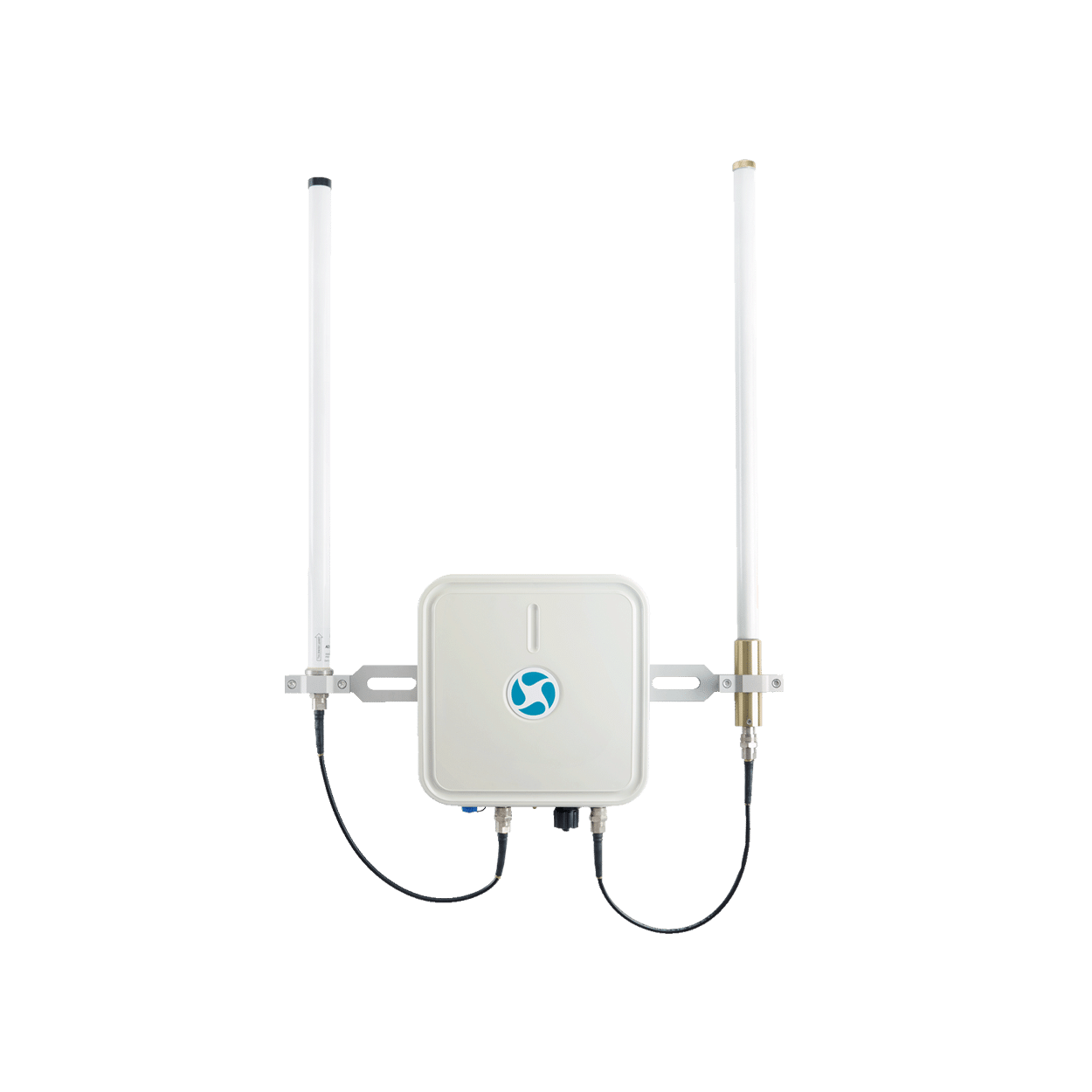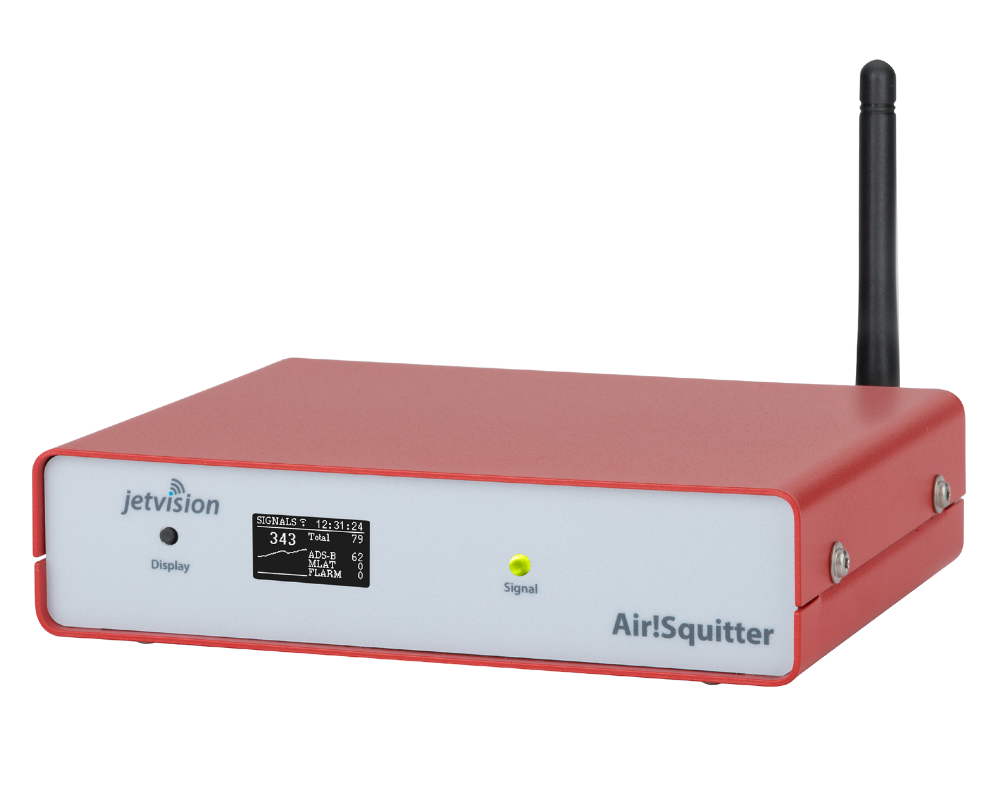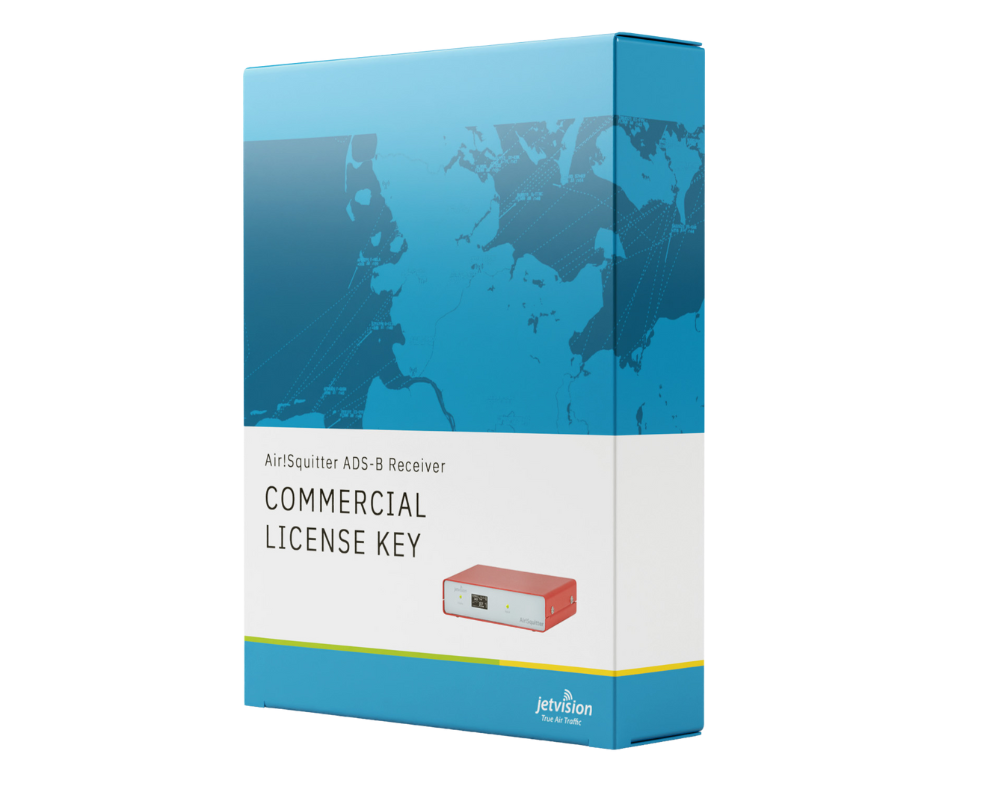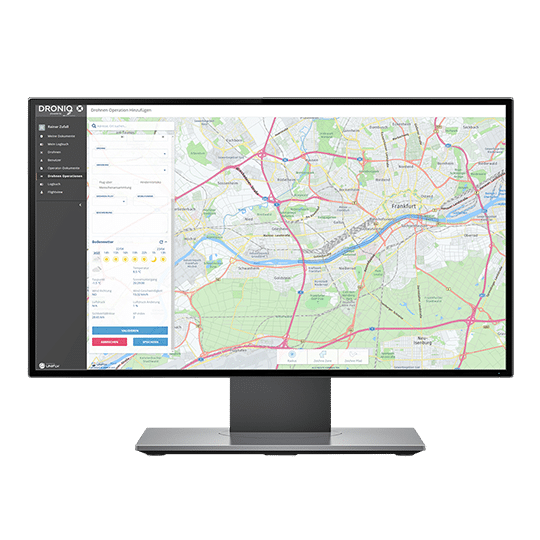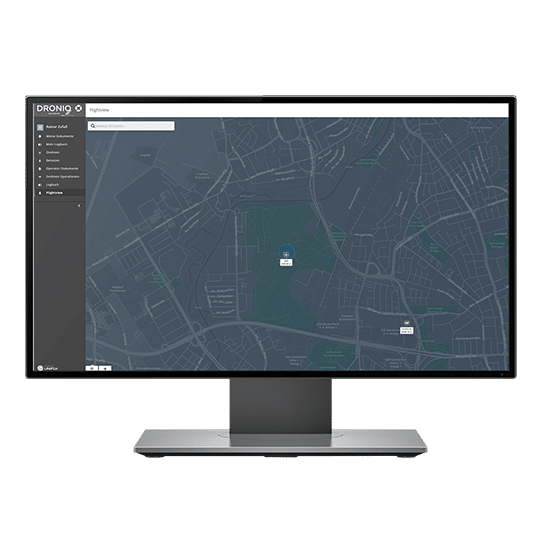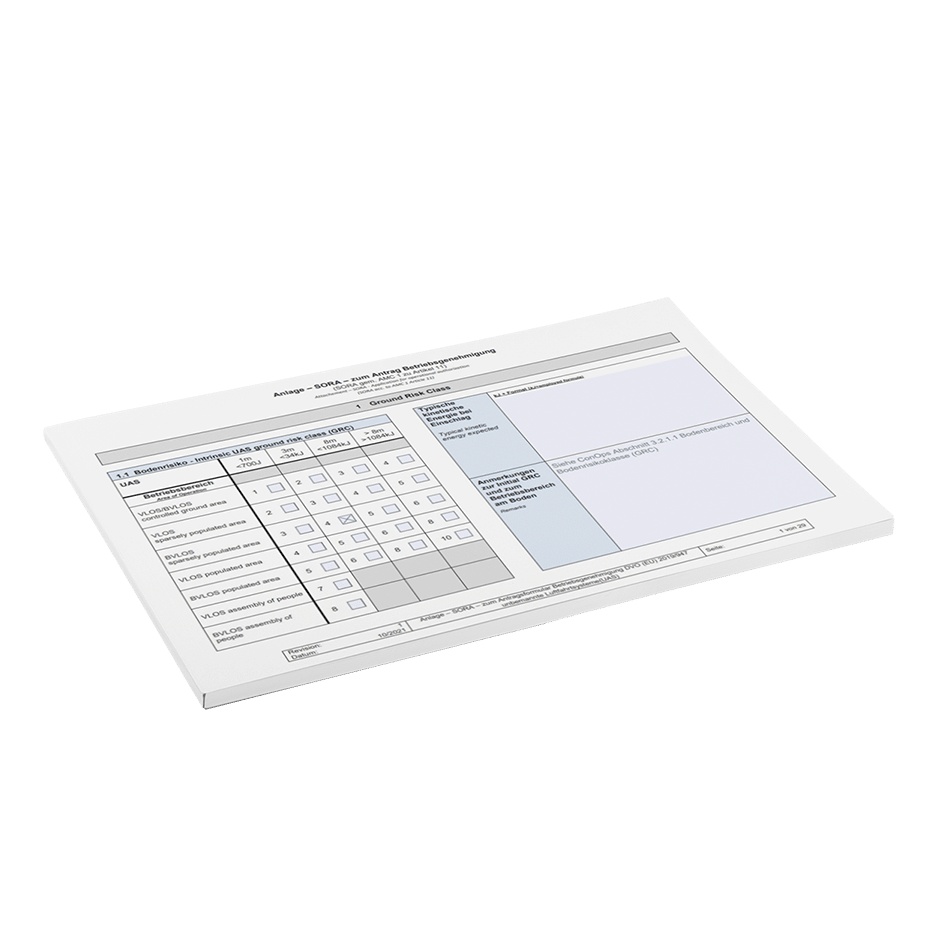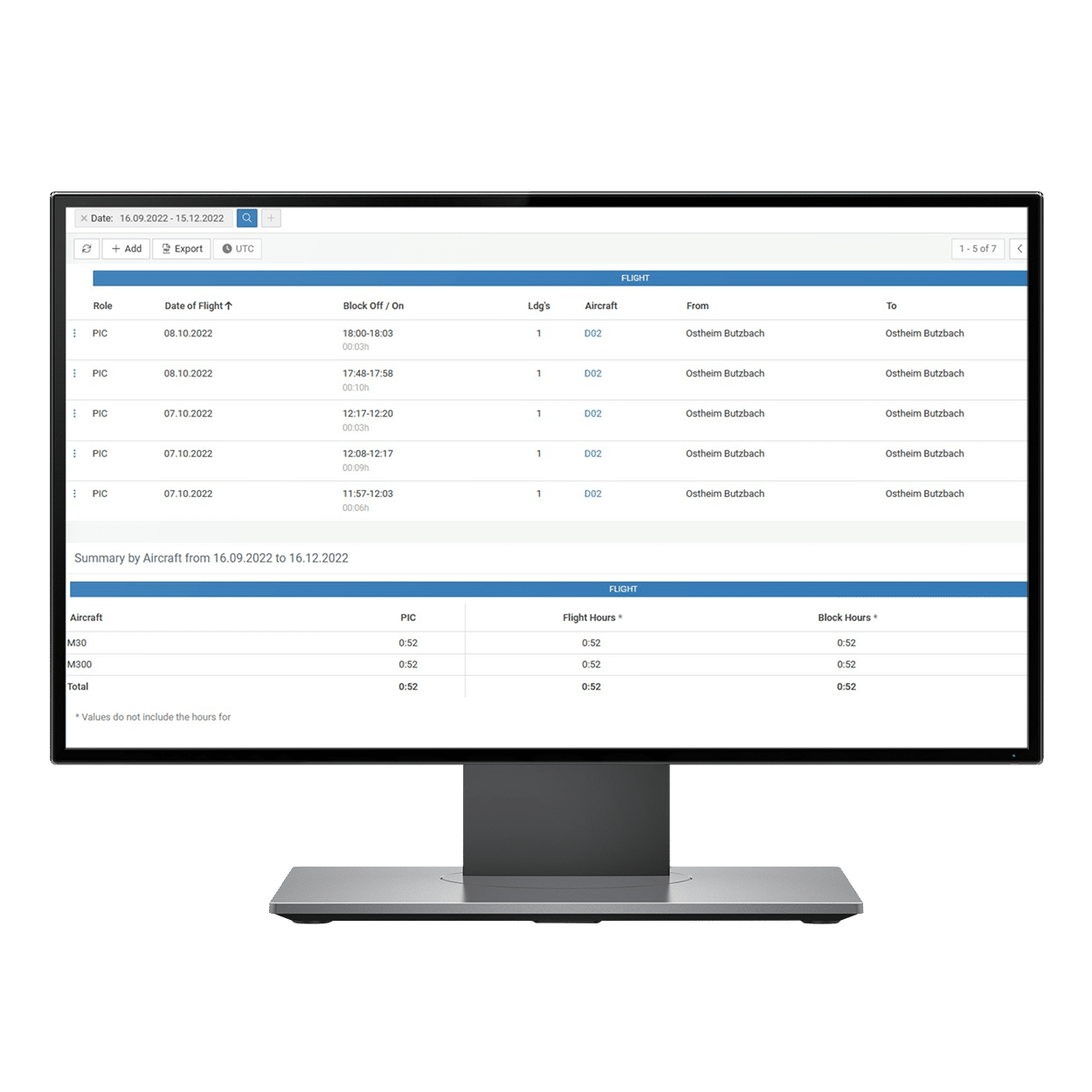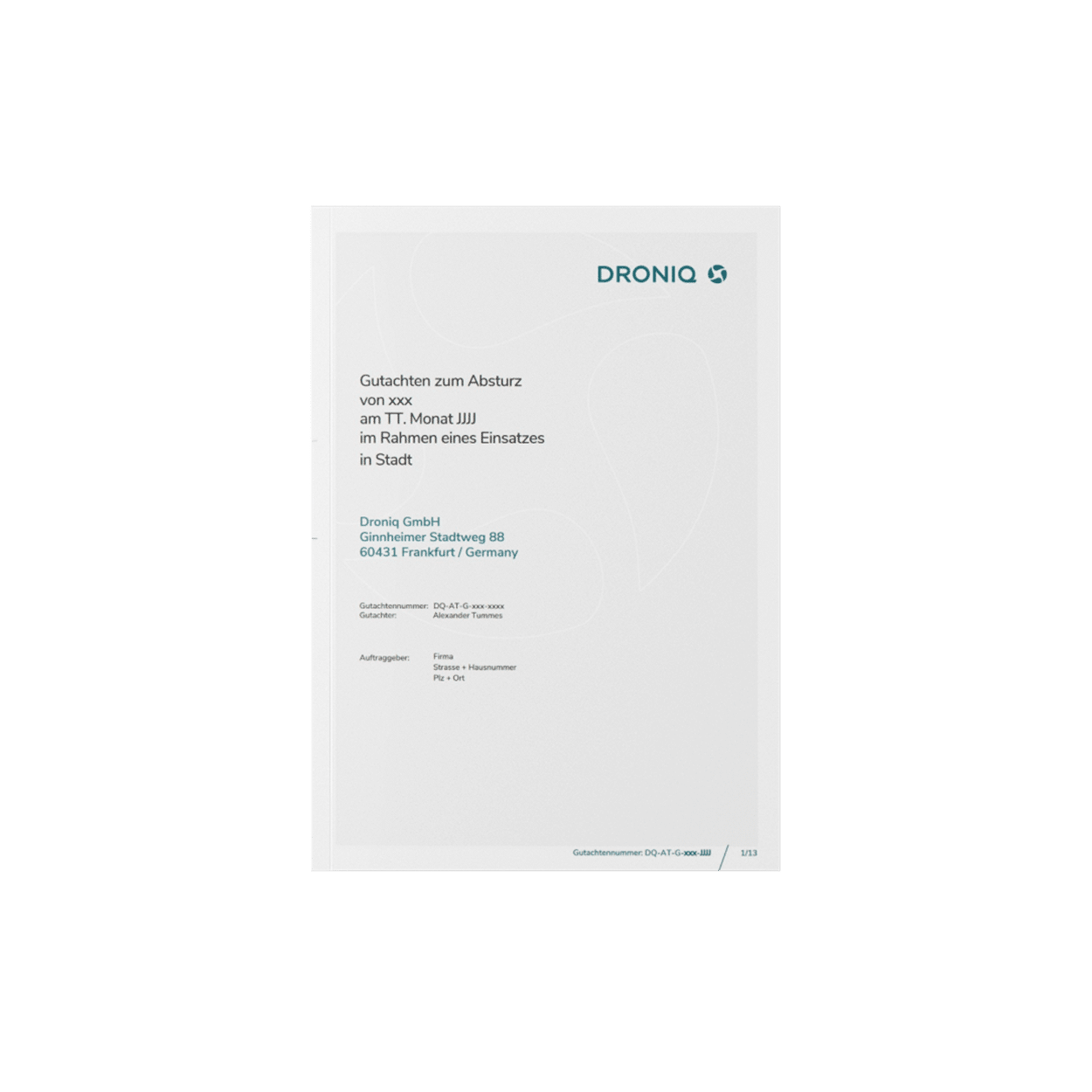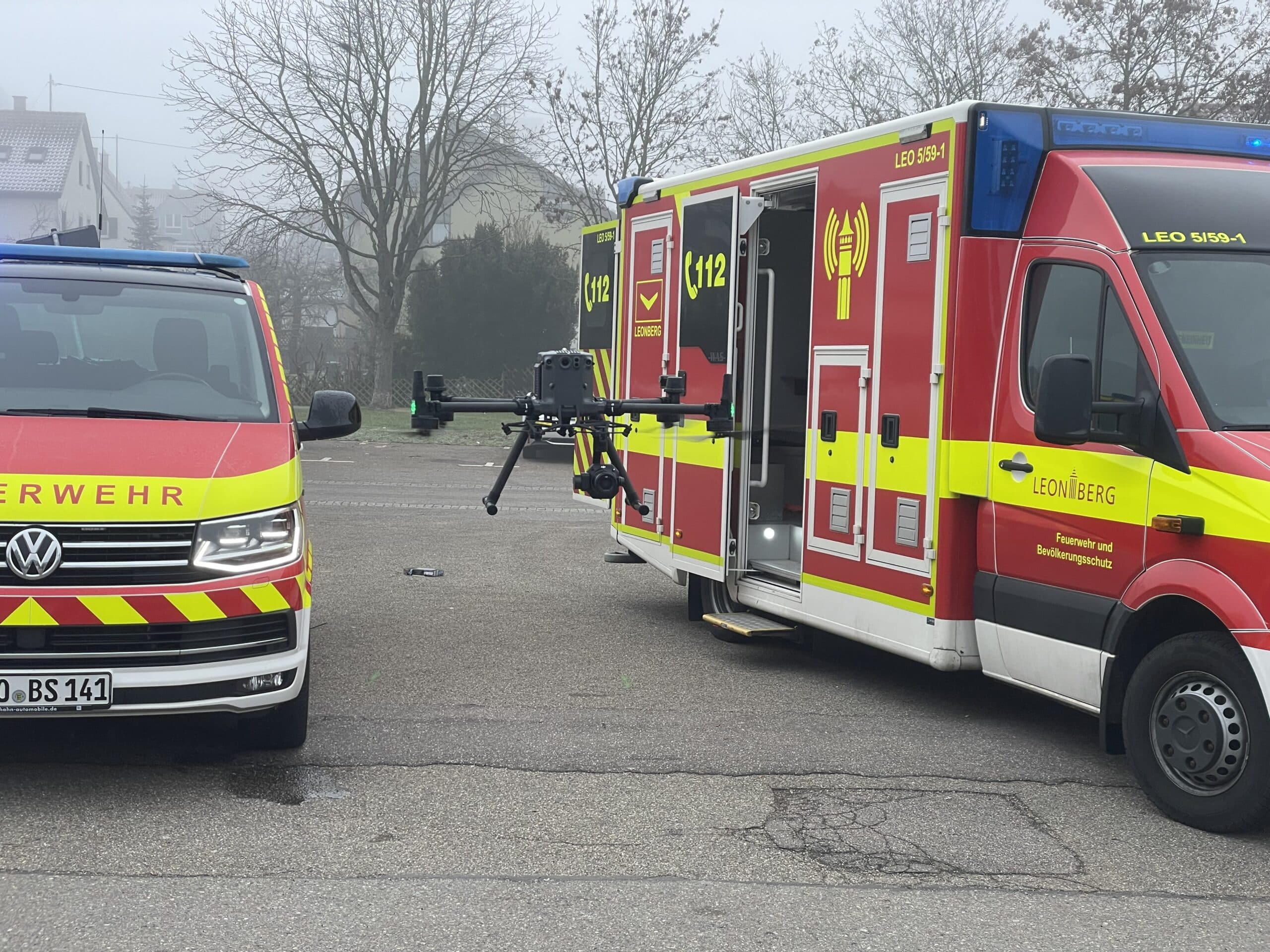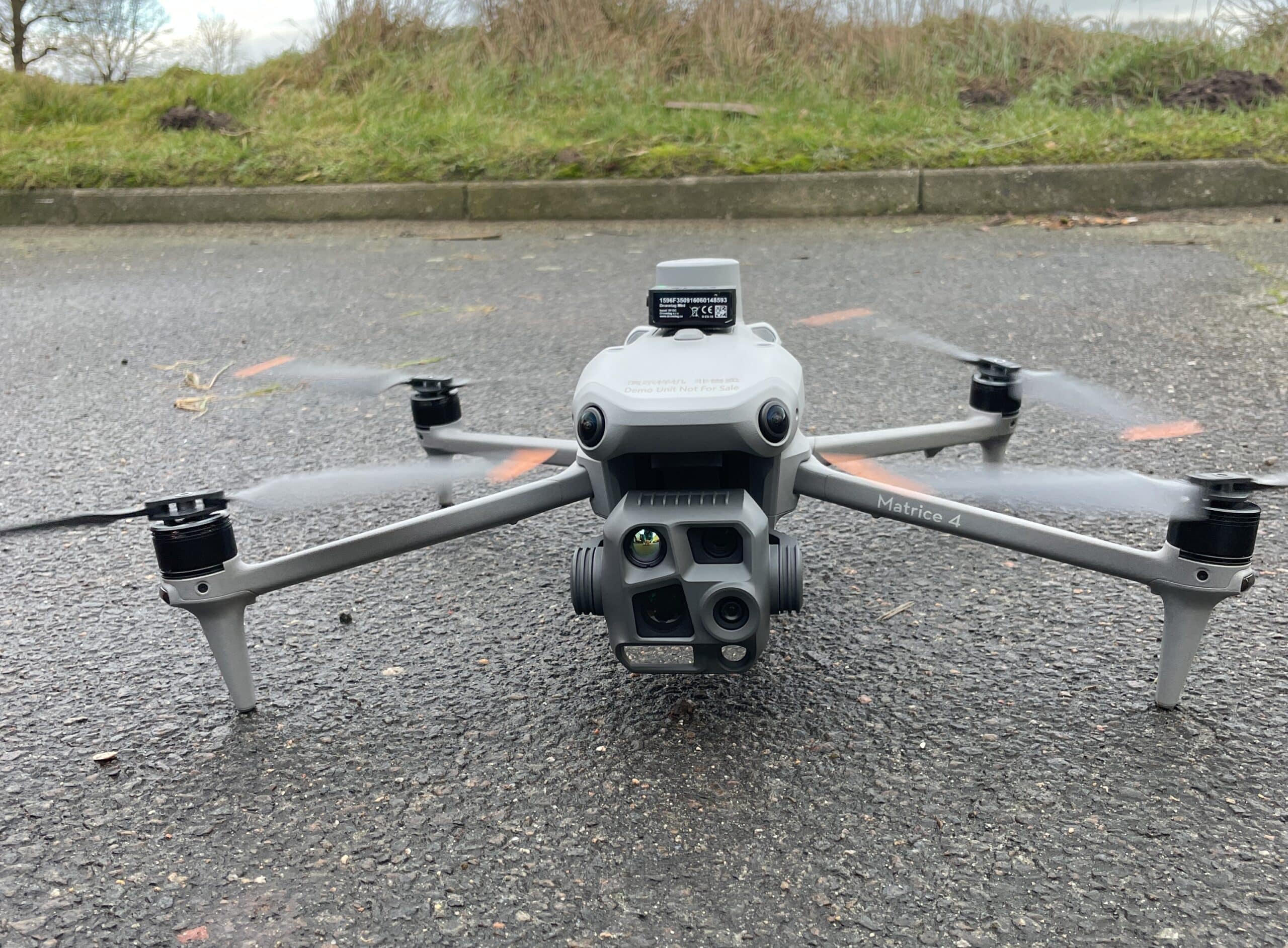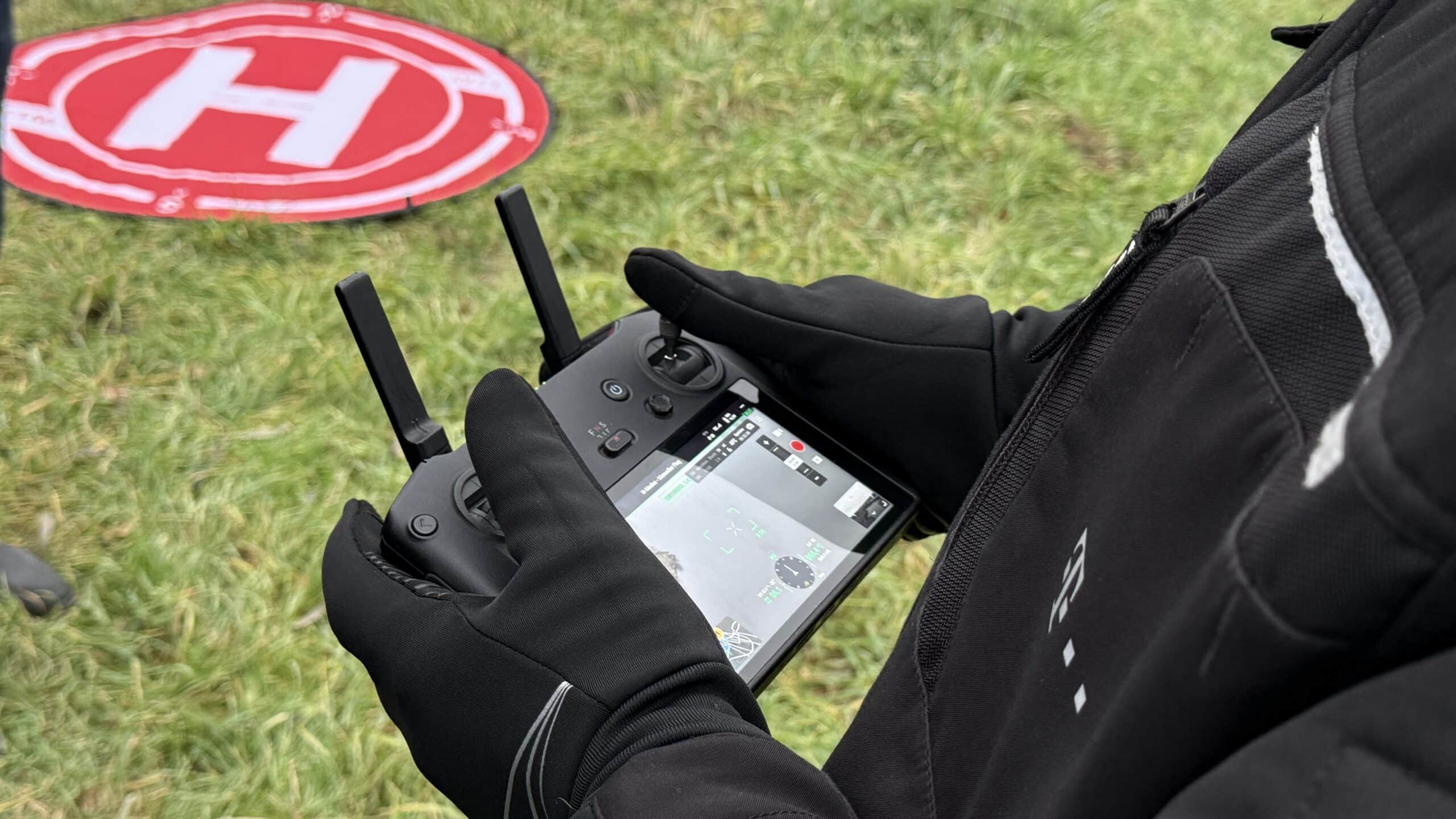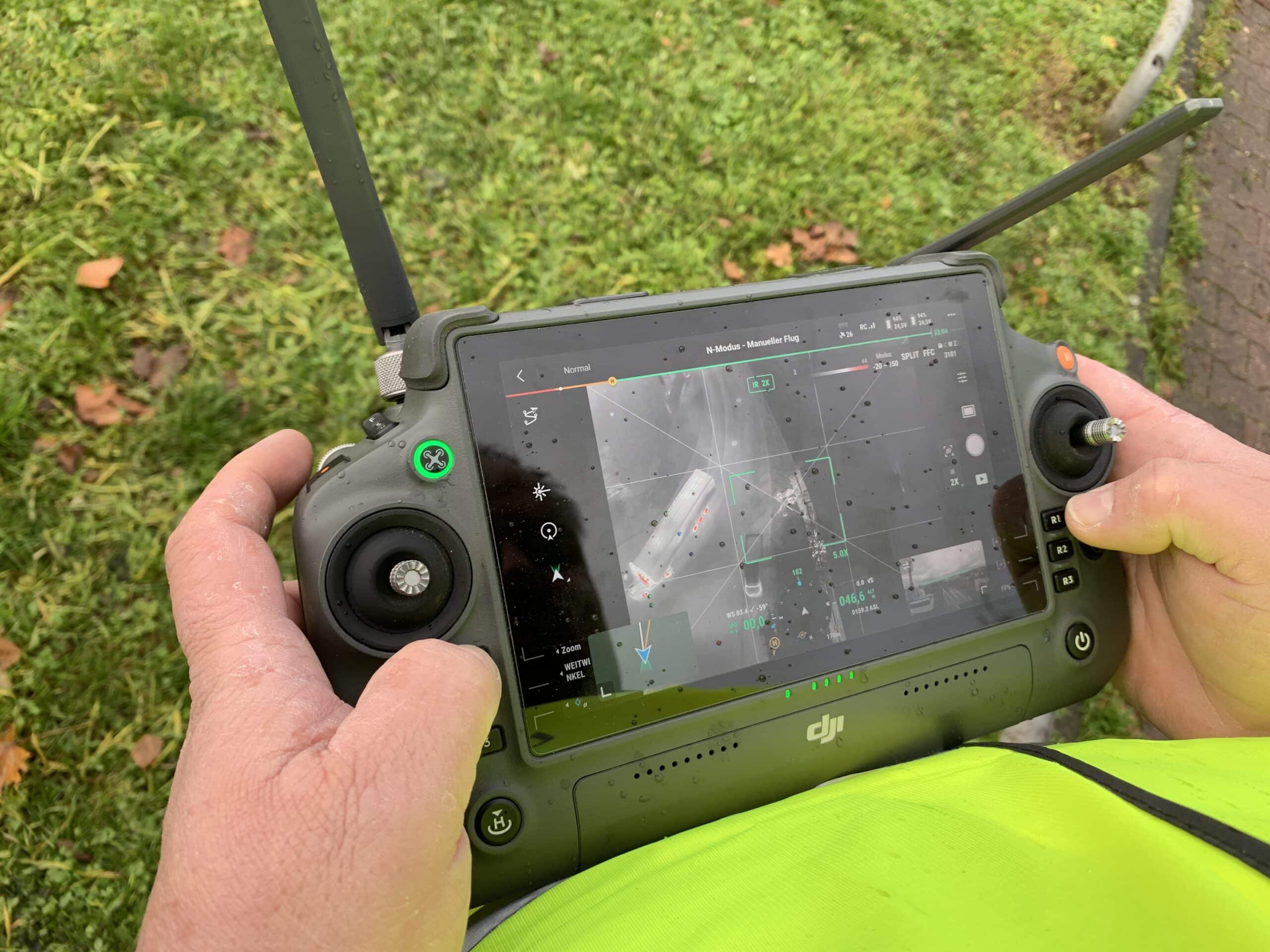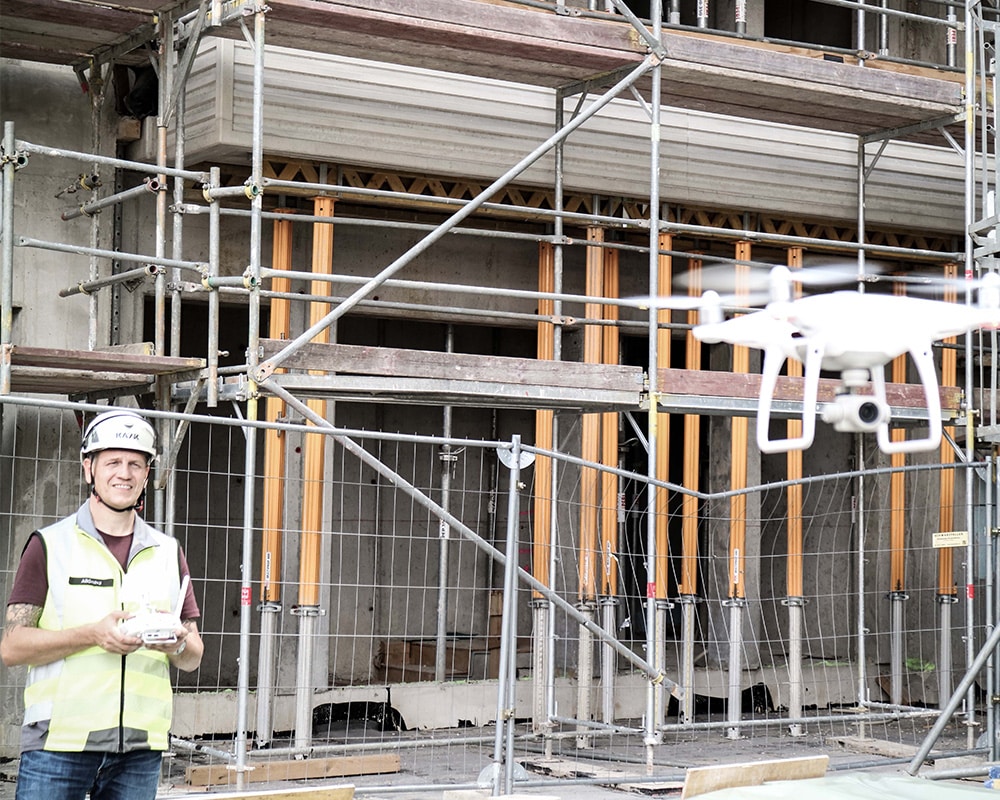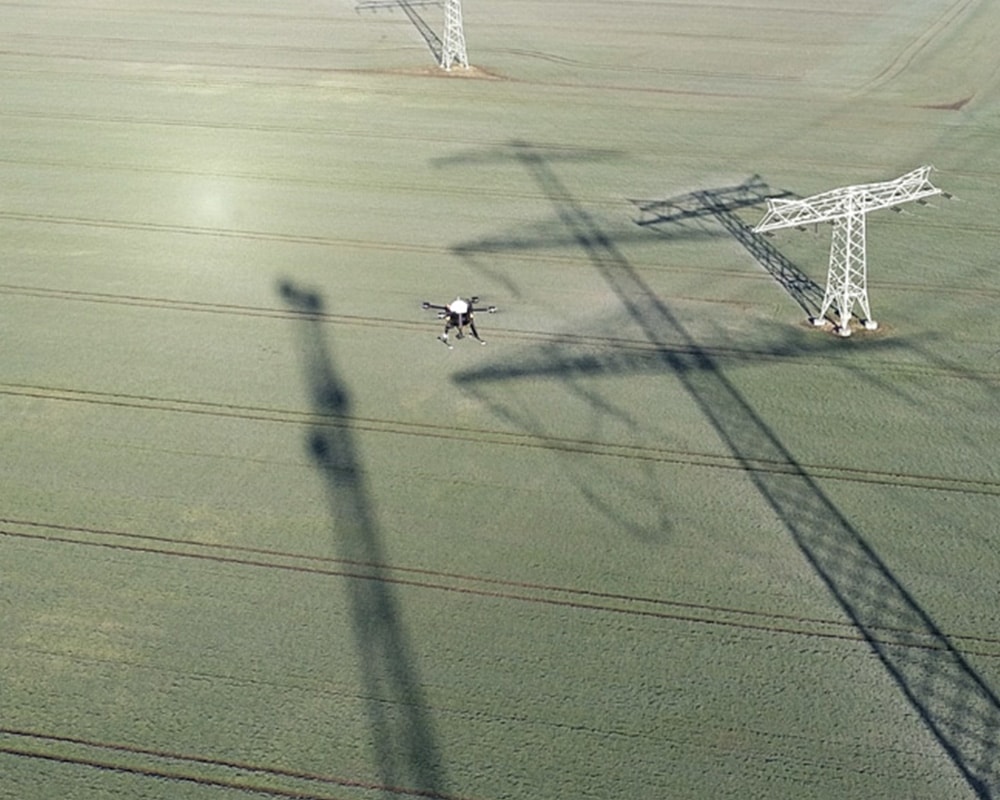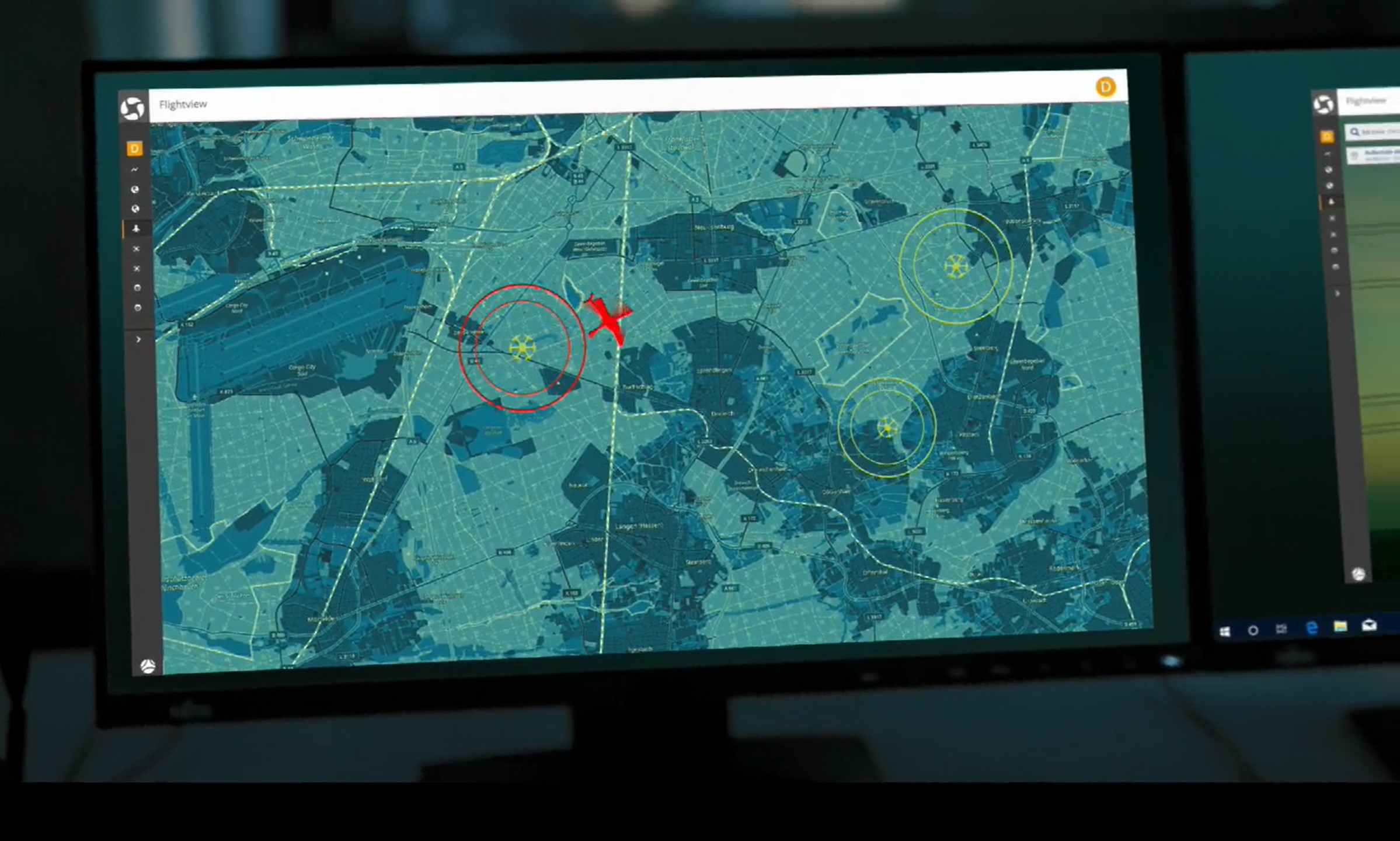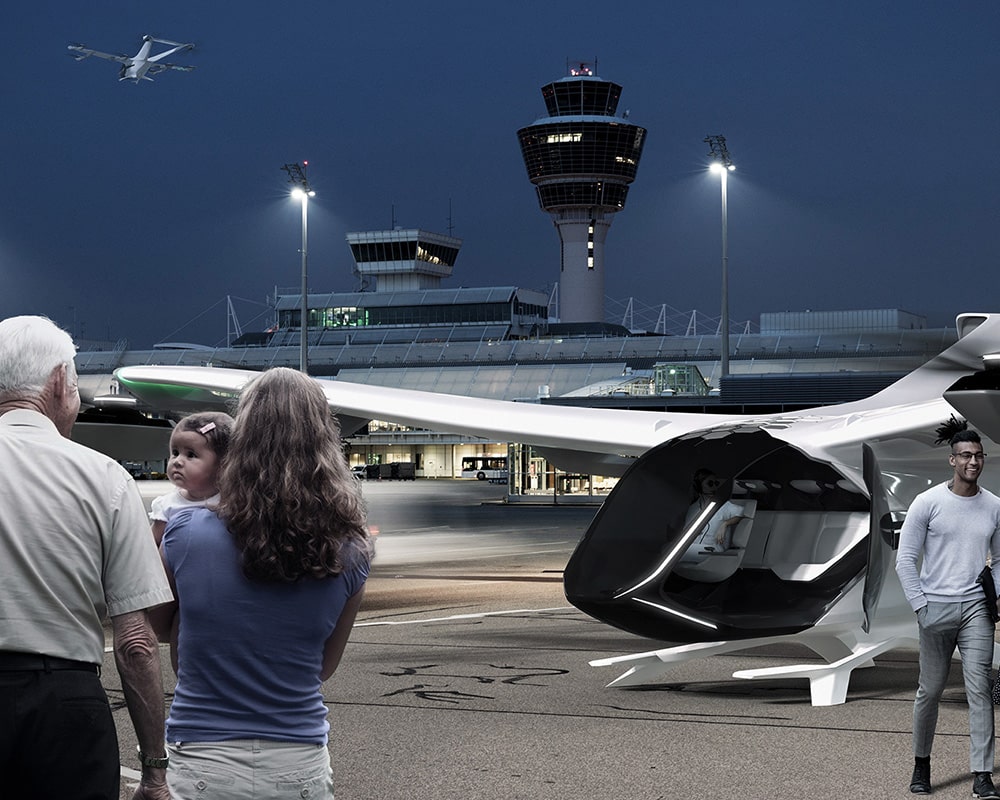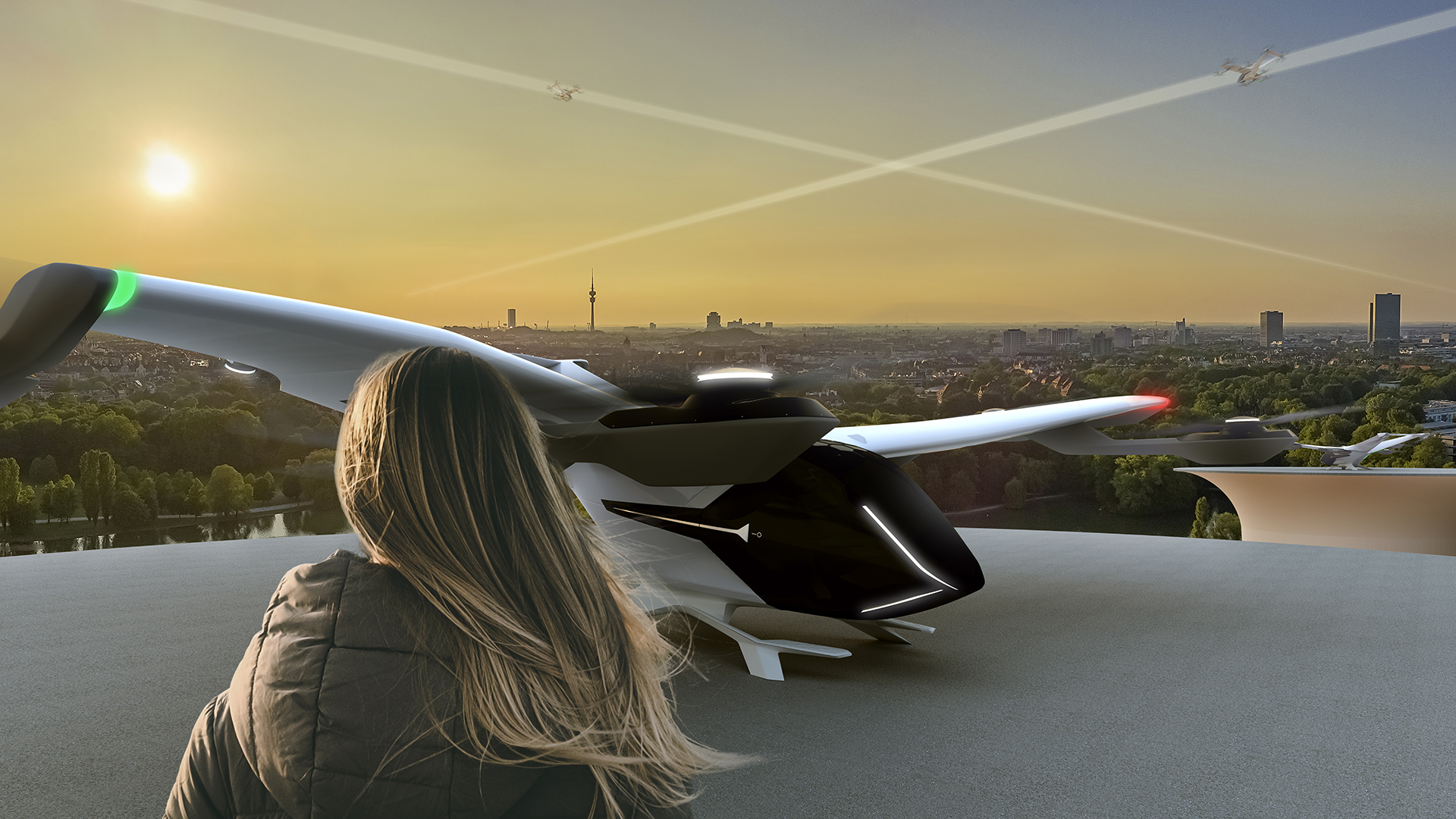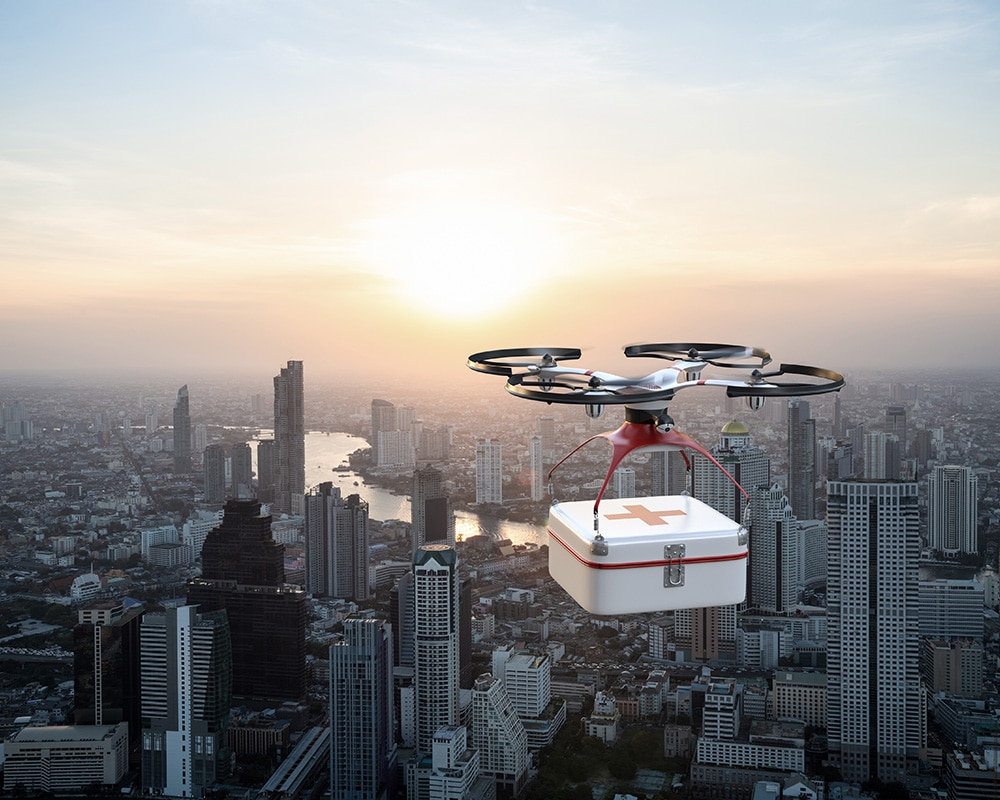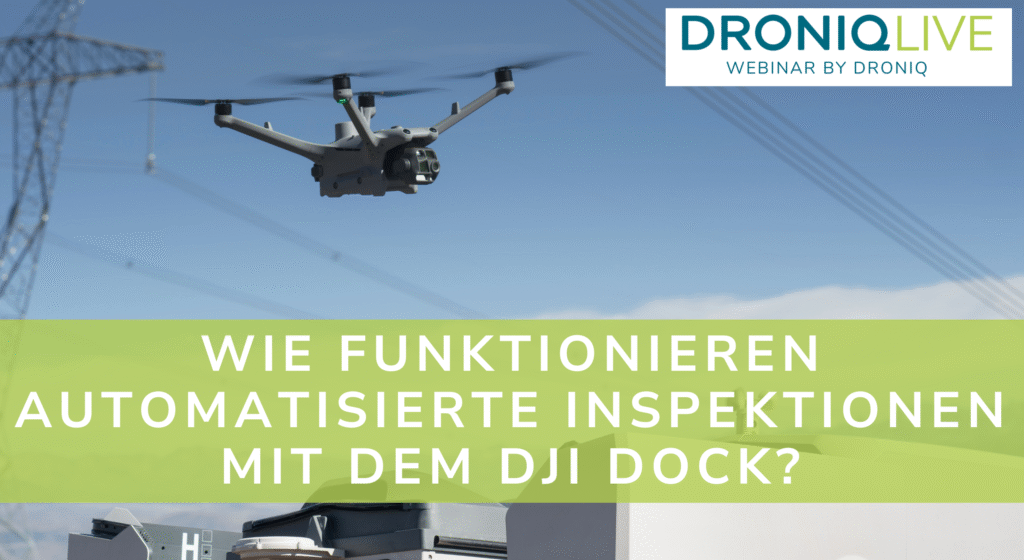3 tips for using drones in winter
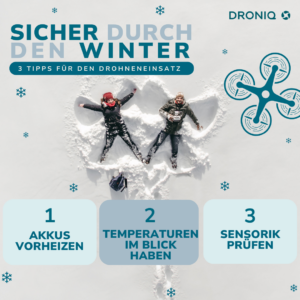
1: Preheat batteries
If the drone's batteries are too cold, its full performance cannot be called up. If too much is demanded of the device, there is a risk of an emergency shutdown. To avoid this, the operating temperature of battery cells should be between 15 and 25 degrees. A heat box helps to achieve this temperature. Alternatively, it is sufficient to place the batteries on a heated dashboard.
2: Keep an eye on the temperature(s!)
Caution is advised from an ambient temperature of 4 degrees or less in conjunction with high humidity. If this is less than 2 degrees at the dew point, there is a risk of the rotor blades icing up. In the fall and winter, this is often the case in fog or in the mountains with low-hanging clouds. To prevent this from happening, the ambient temperature should be compared with the dew point before using the drone. A range of weather apps such as DWD Flugwetter, Droniq, DIPUL or UAV Forecast can help here.
3: Checking the flight control sensors
Autumn and winter storms can affect the drone's flight control sensors. Due to constantly changing wind speeds, the control electronics in the drone have to send out more control pulses to keep the drone steady in the air and enable beautiful shots to be taken. However, this often leads to ever-increasing deviations in the measurement data obtained from the acceleration and position sensors. To prevent the risk of losing the drone, it is advisable to check the sensor status menu item in the remote control app at regular intervals. You can quickly calibrate the sensors in the drone yourself and restore the sensors to their original state. This should be checked at least every 100 take-offs and landings and calibrated if necessary.
